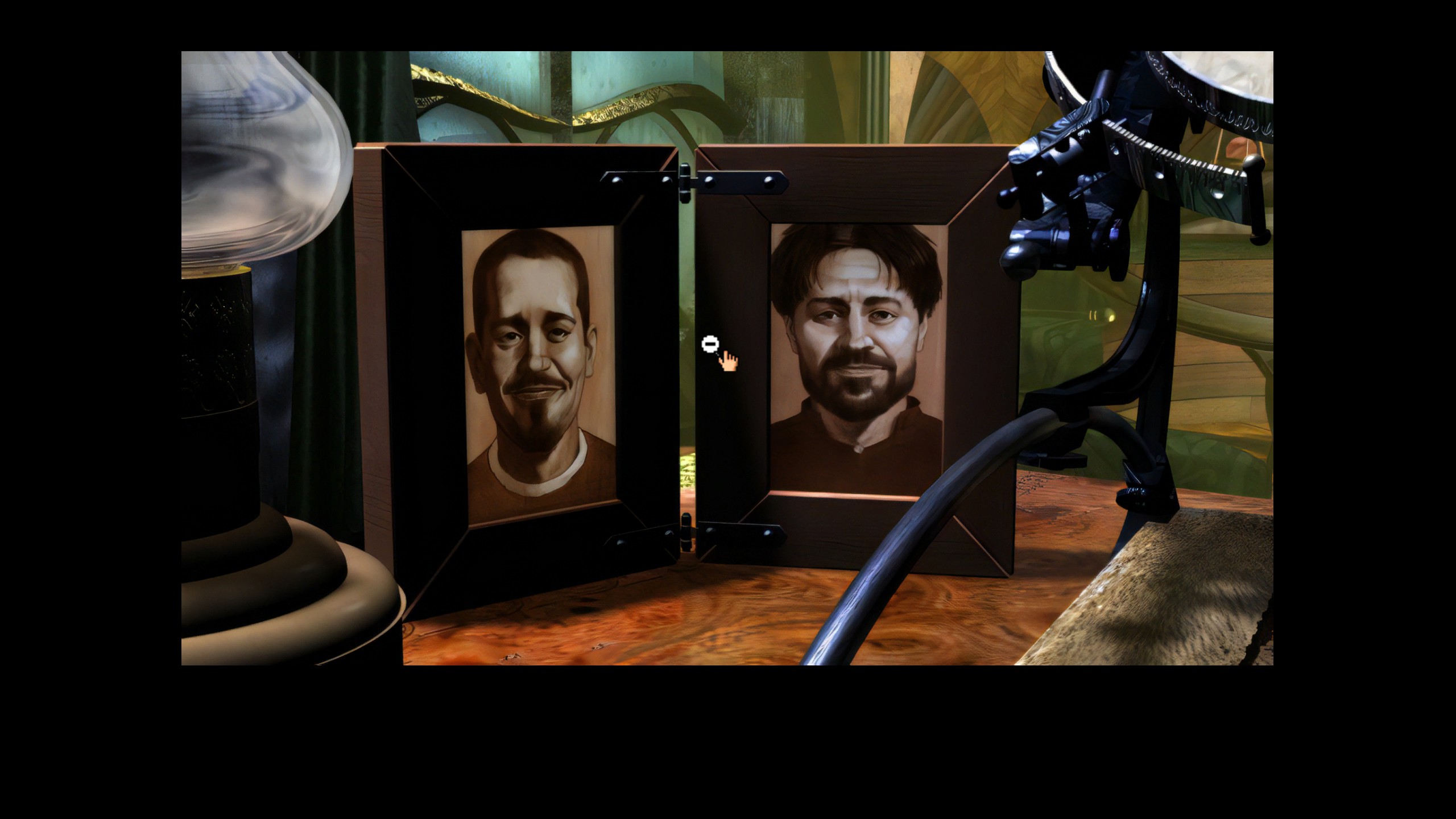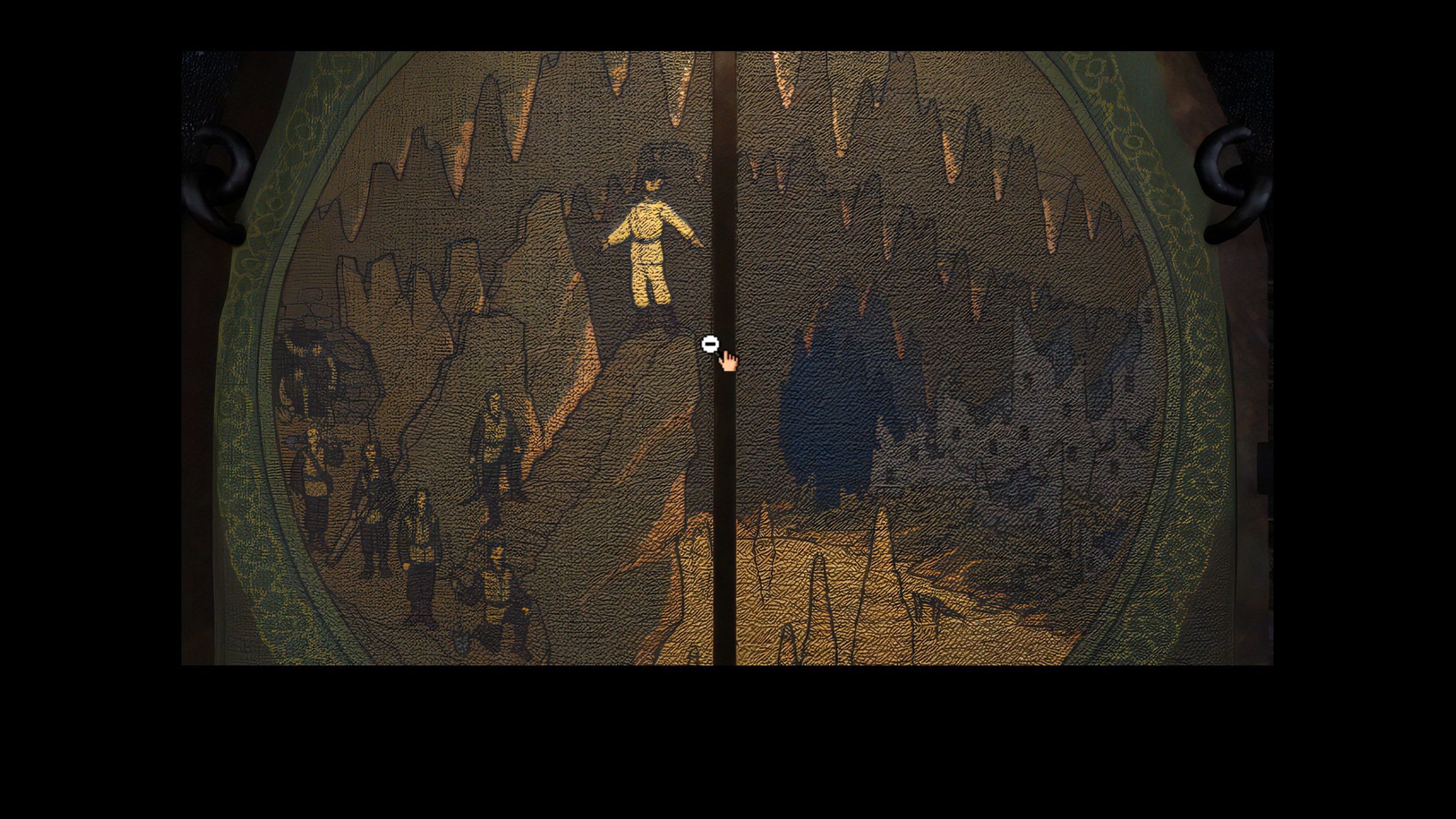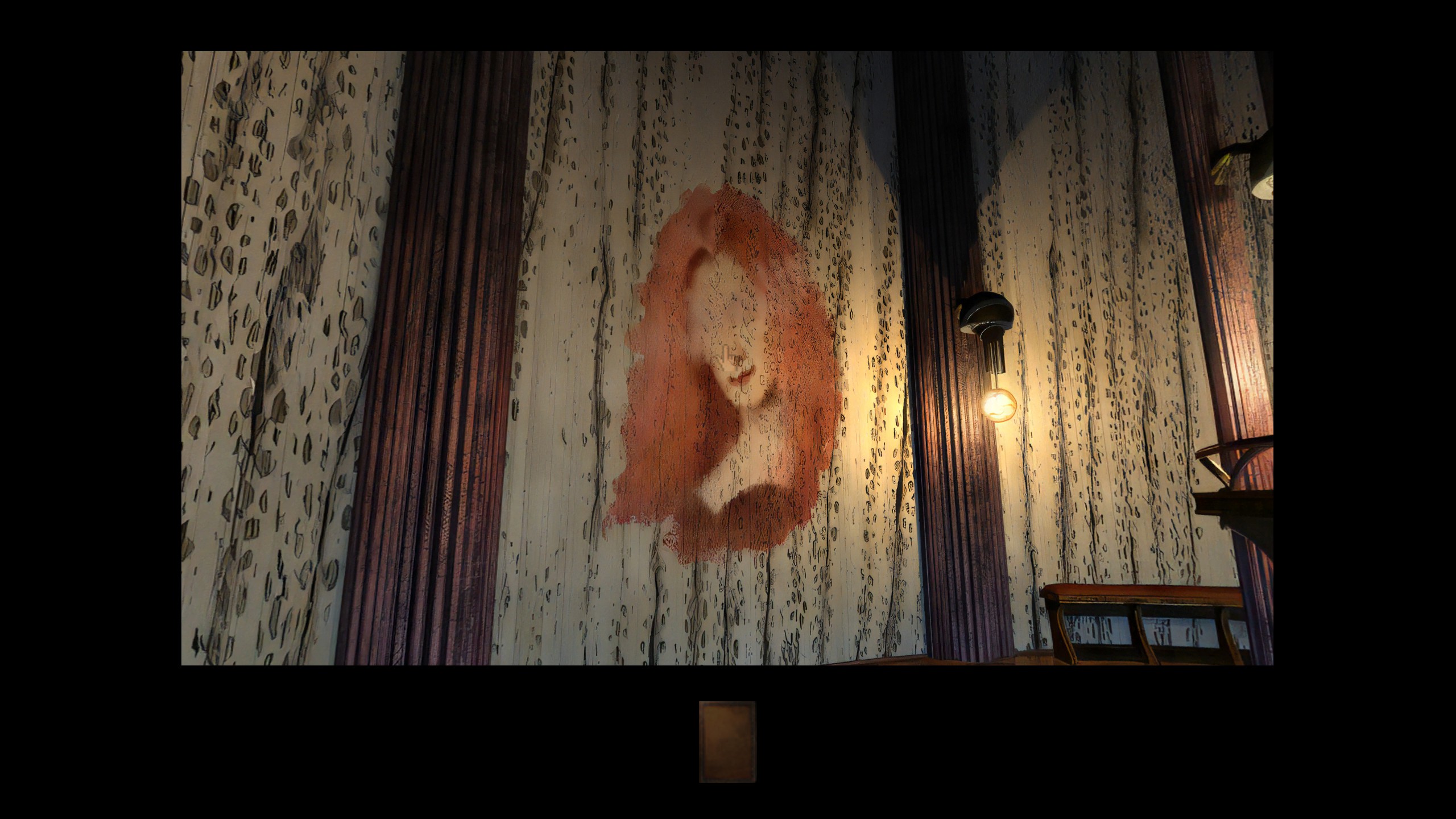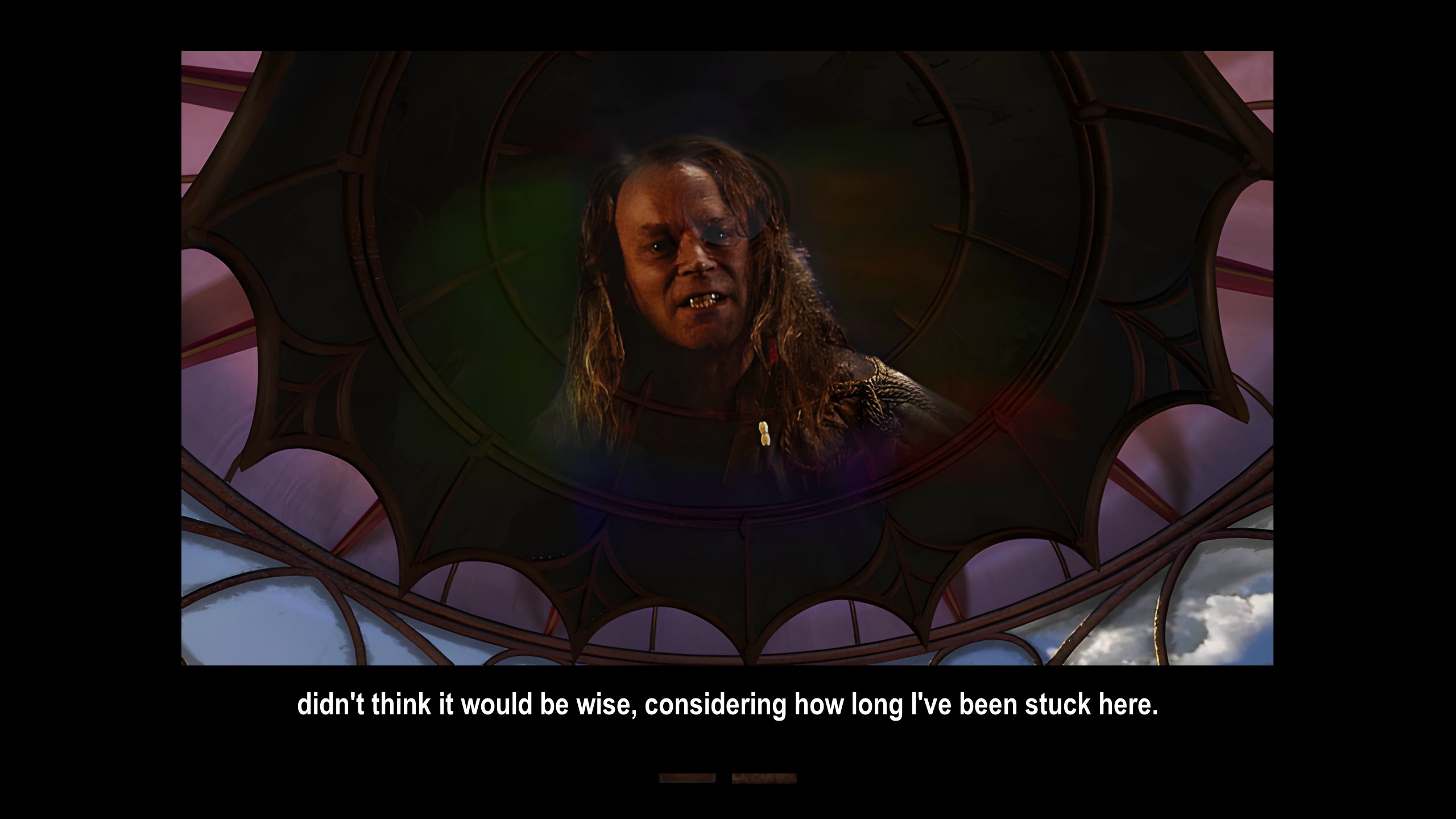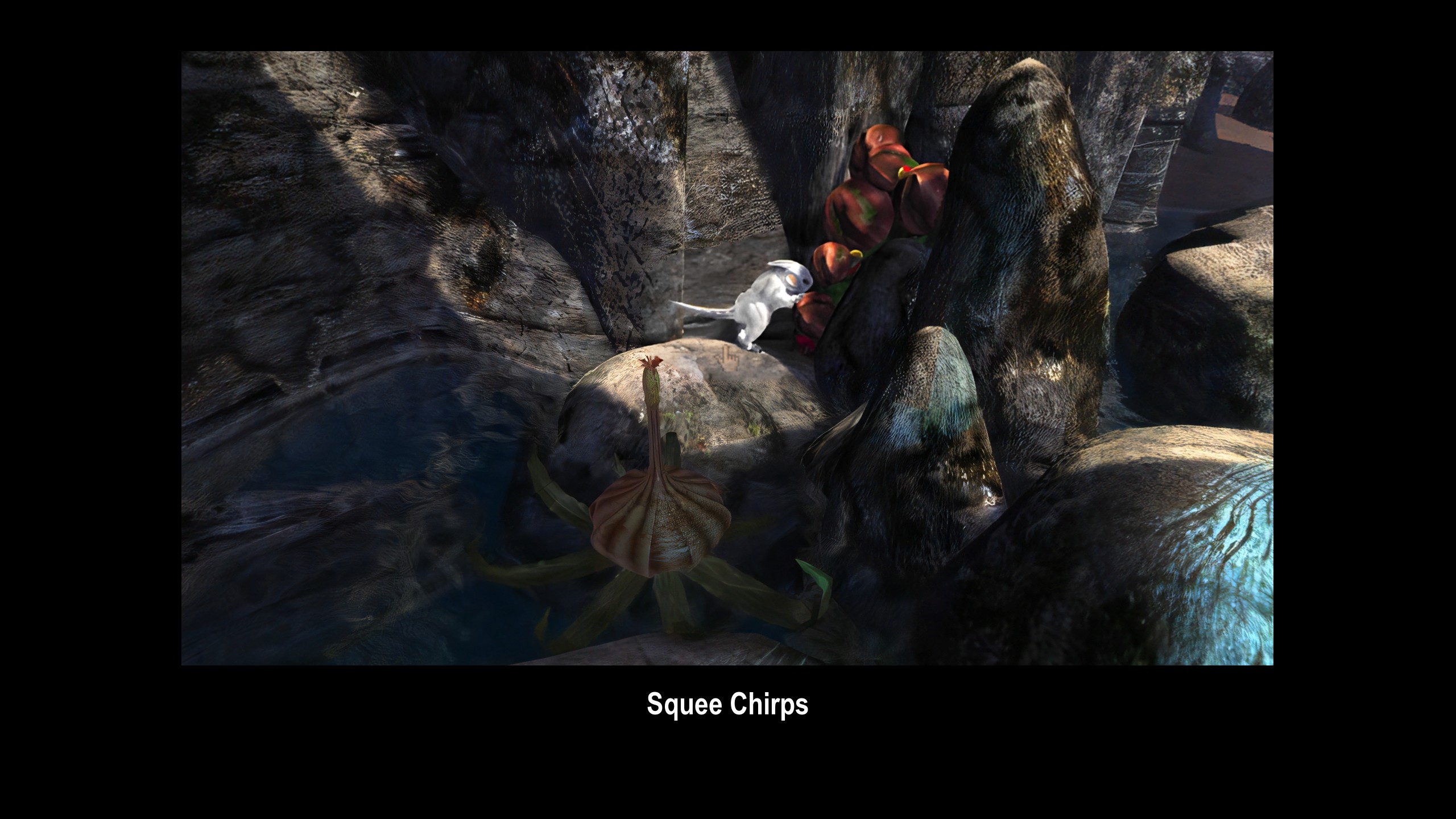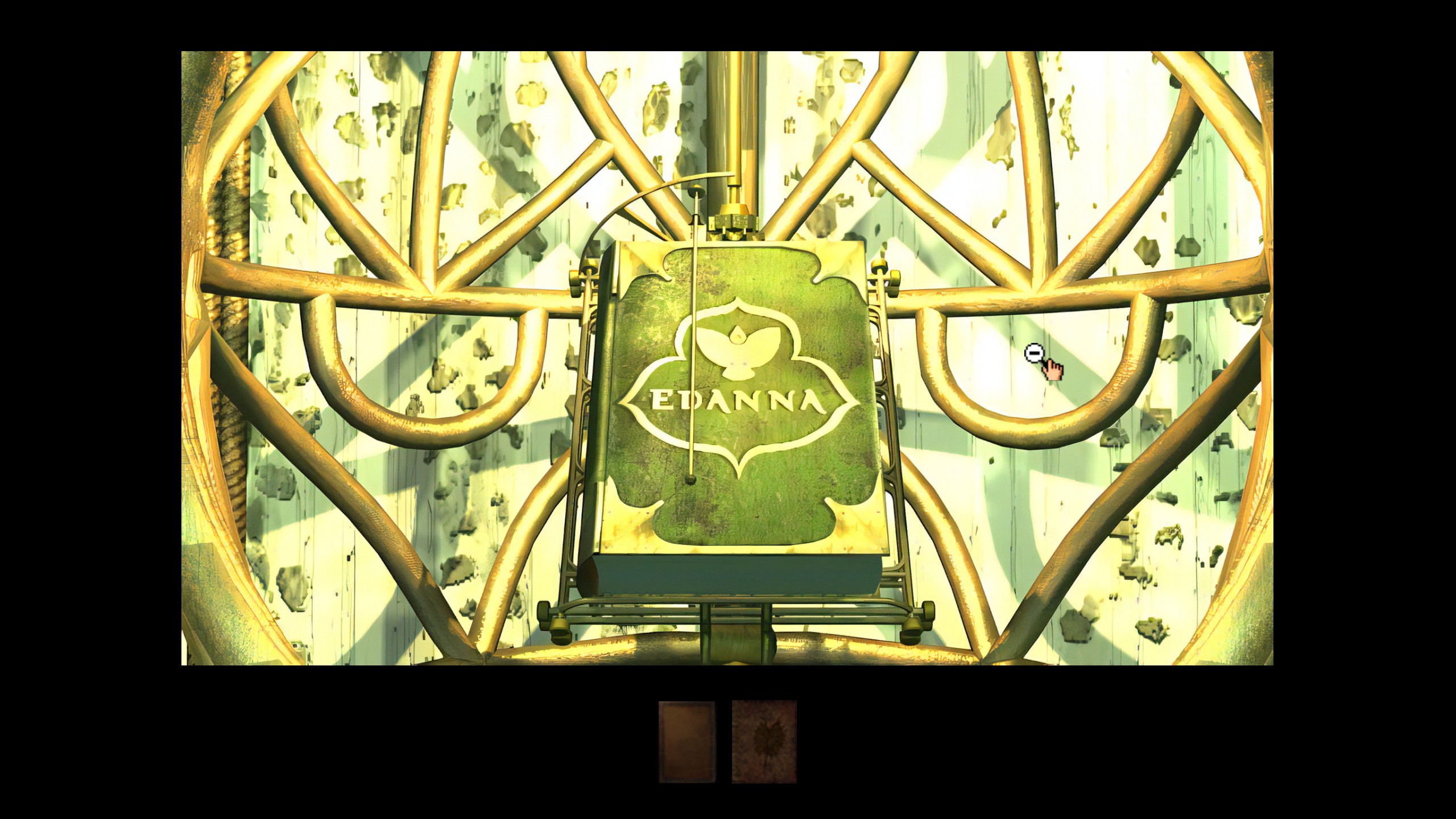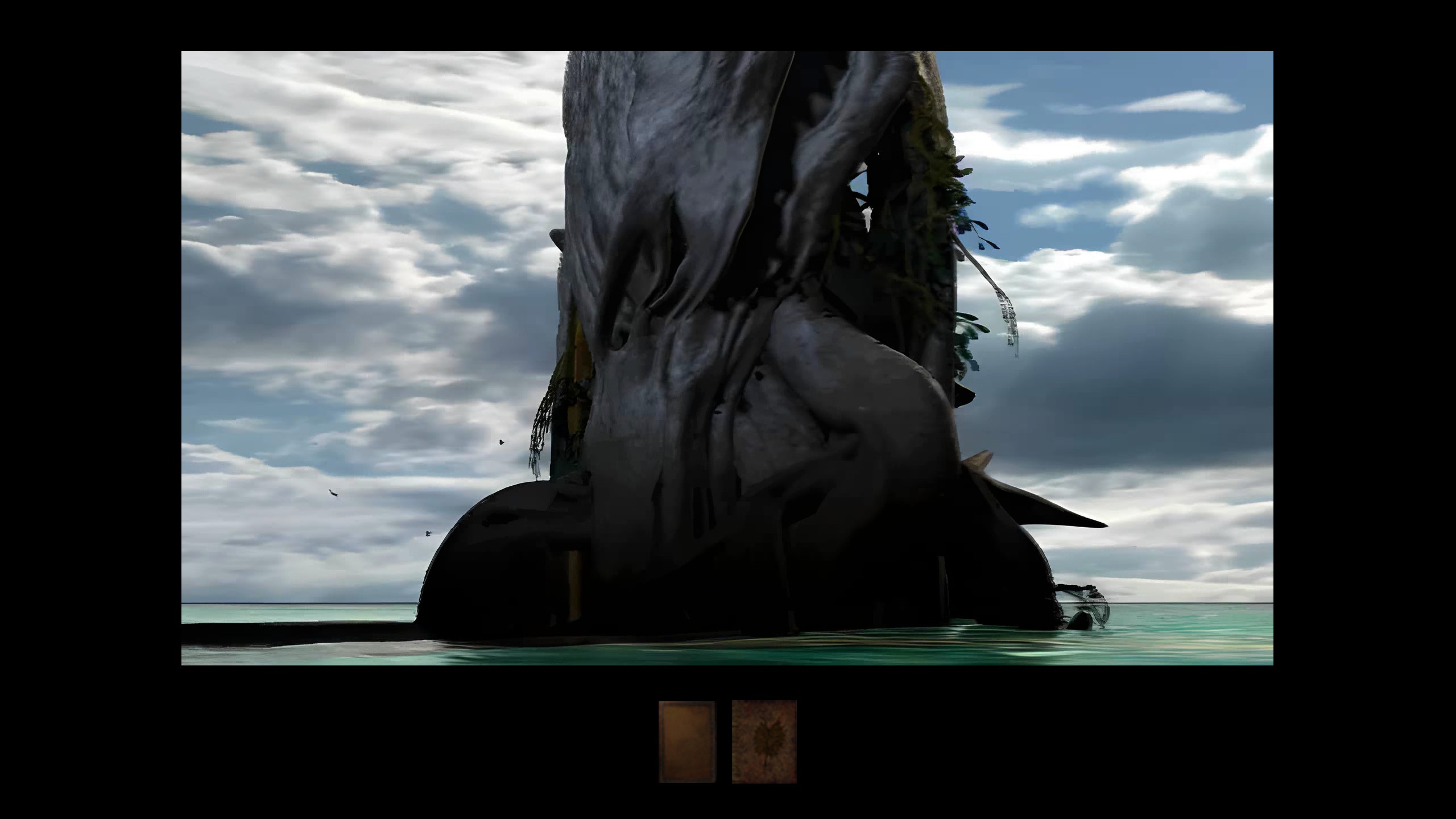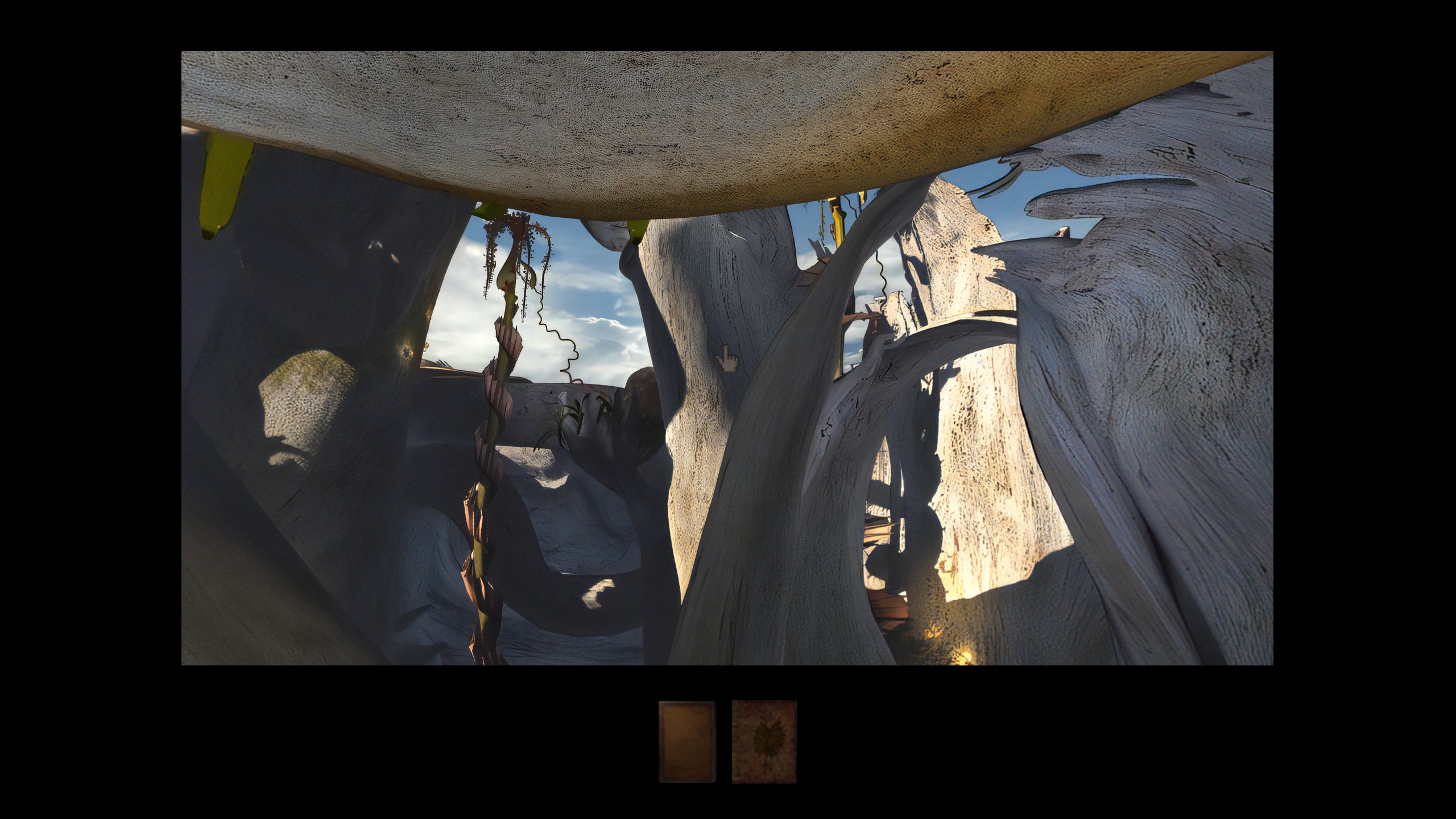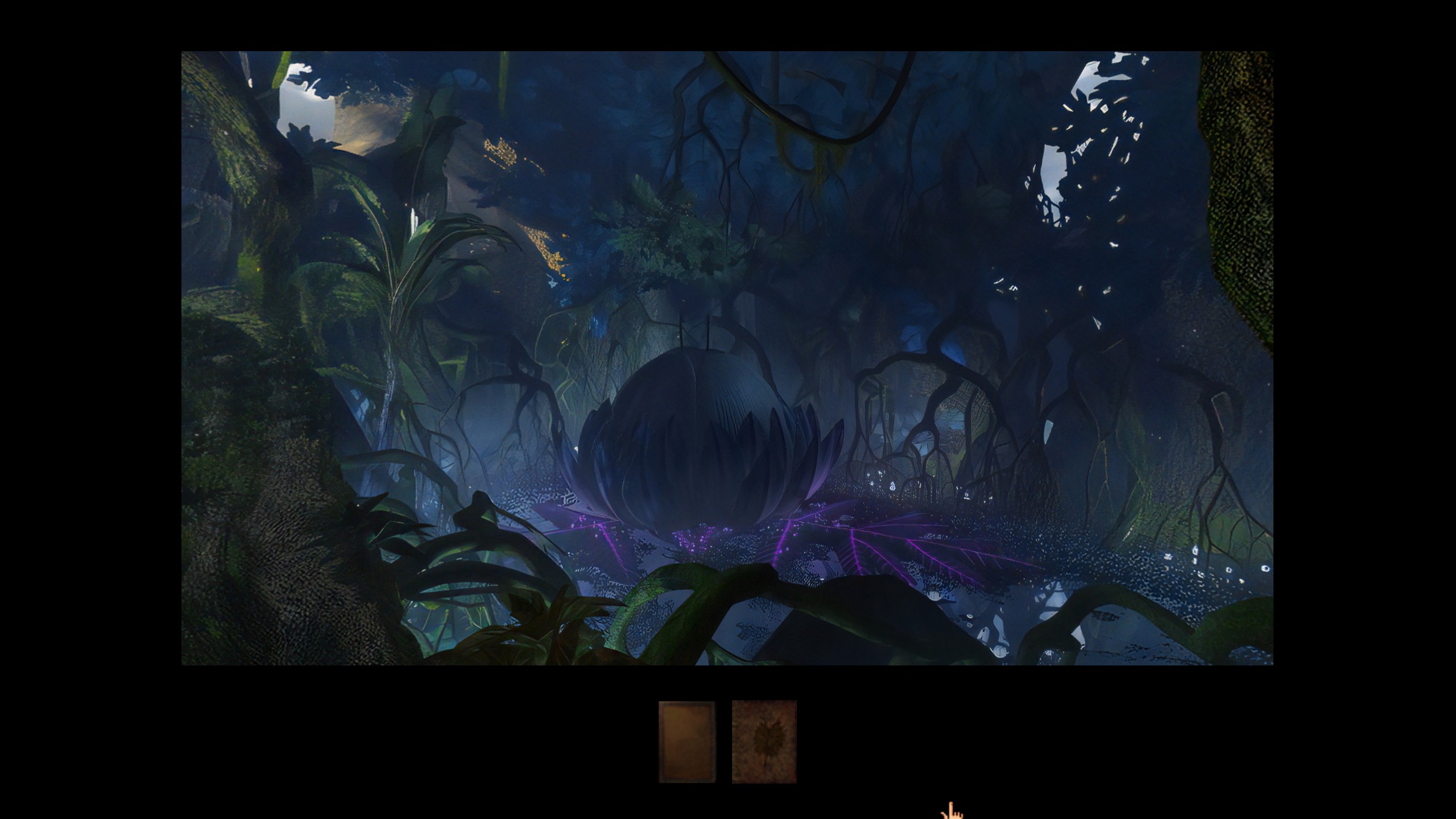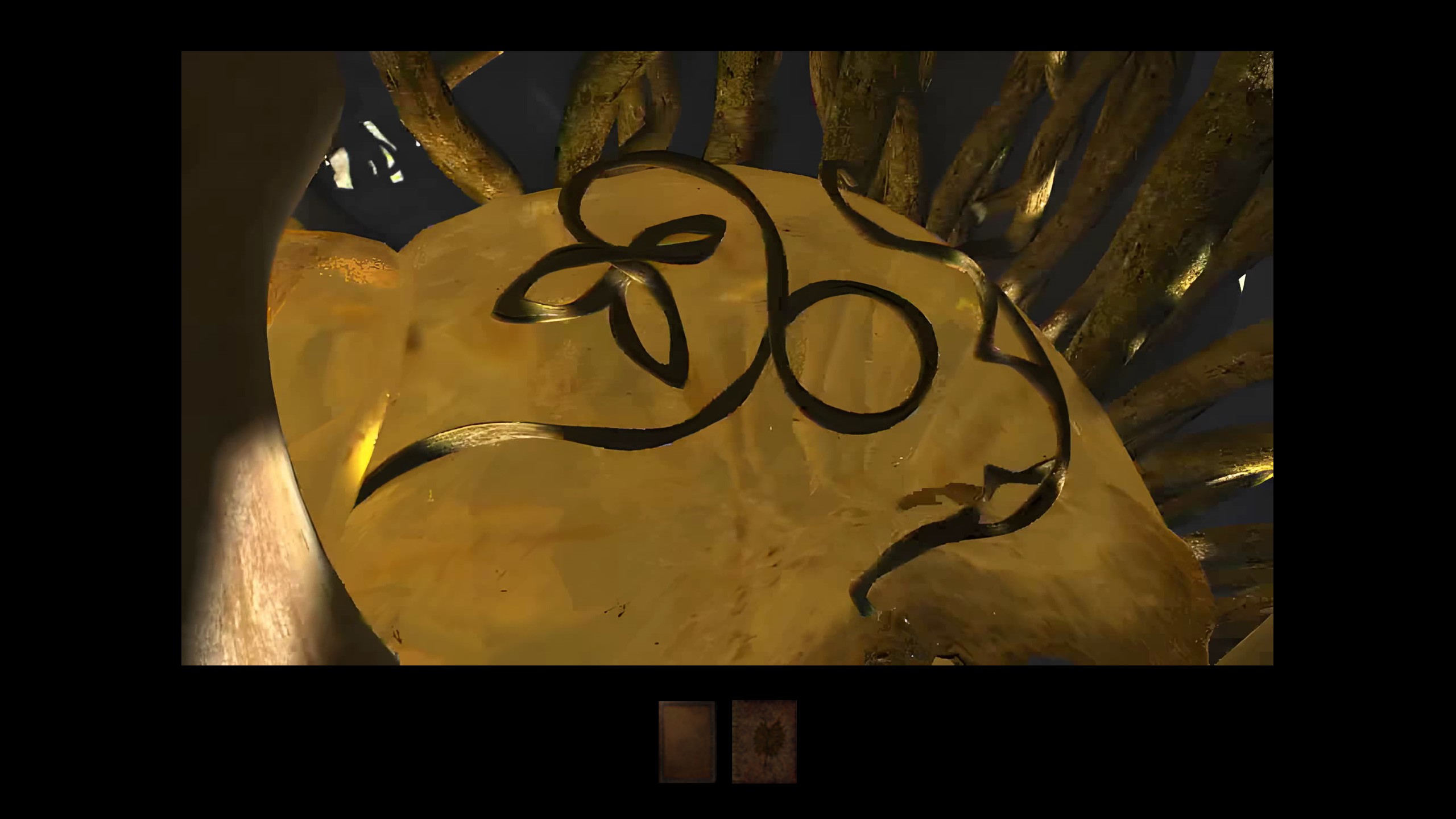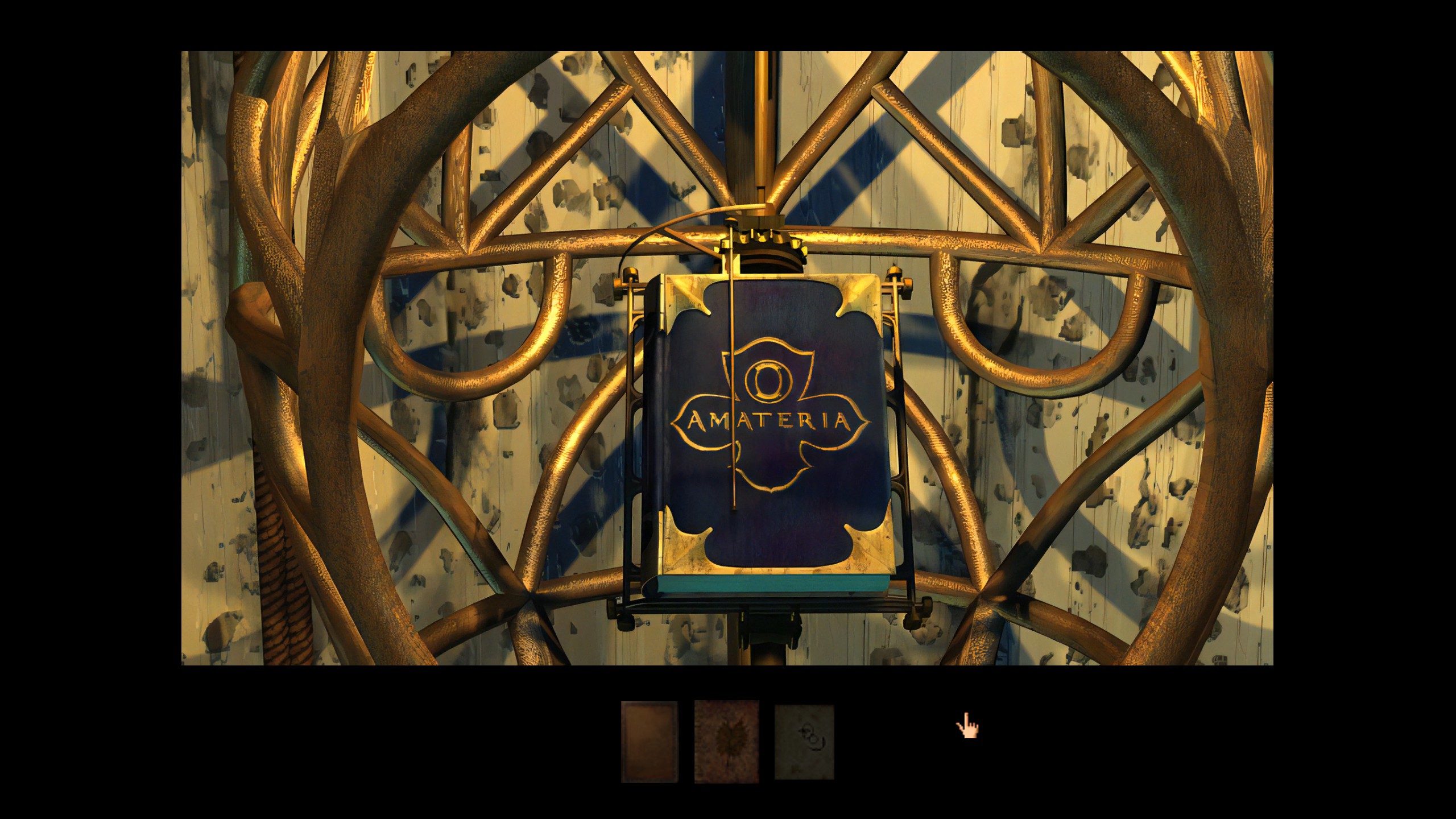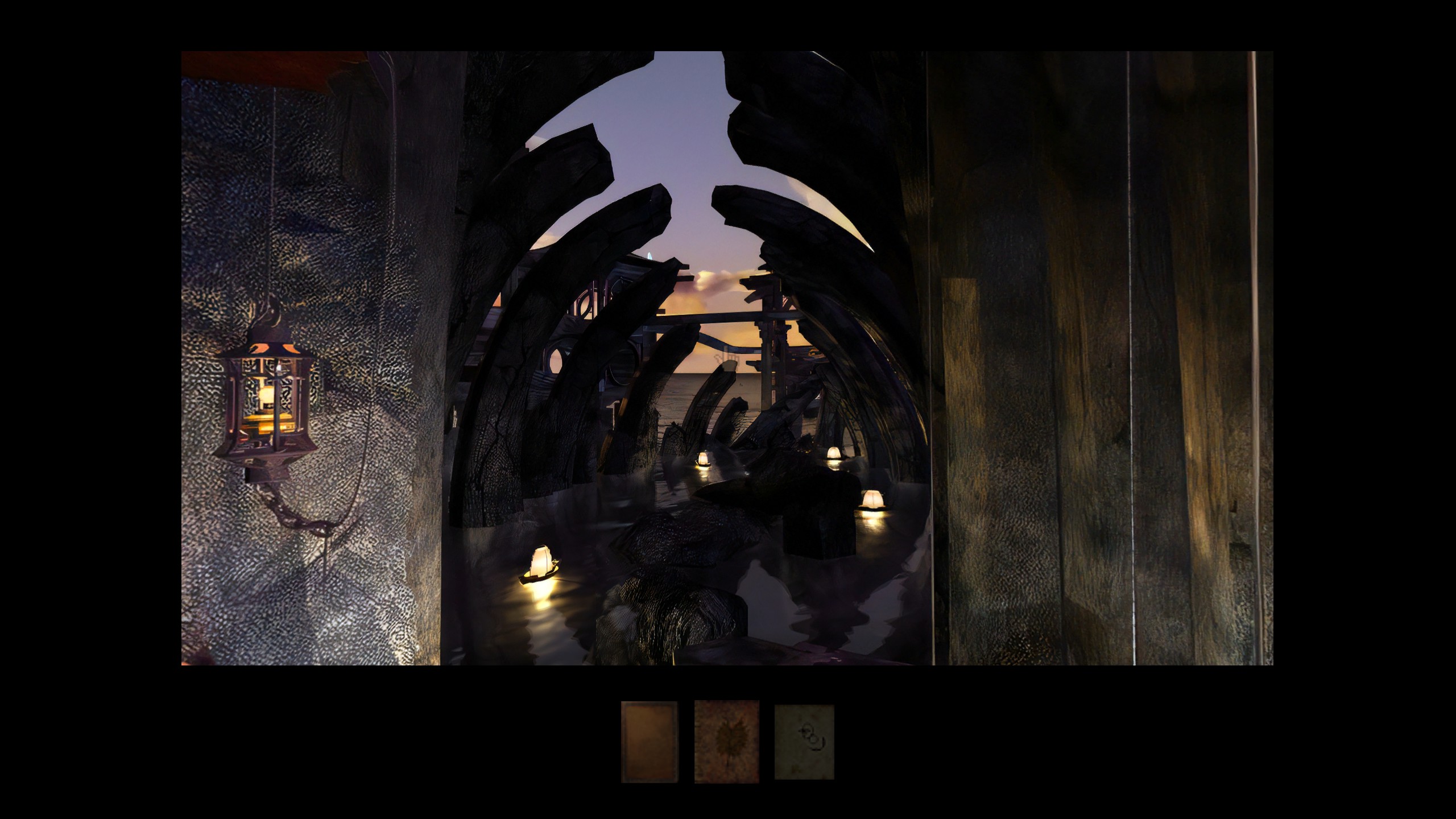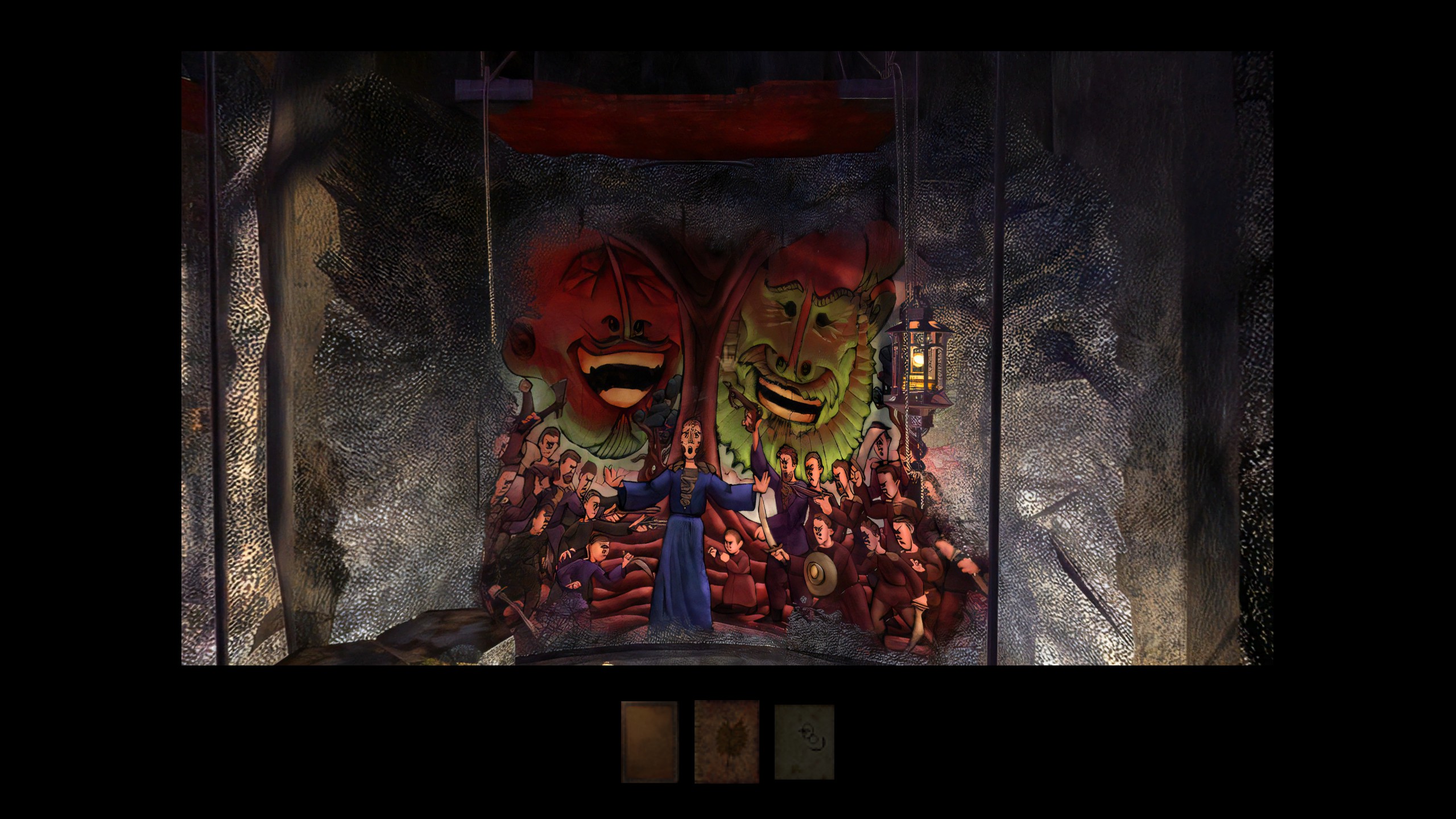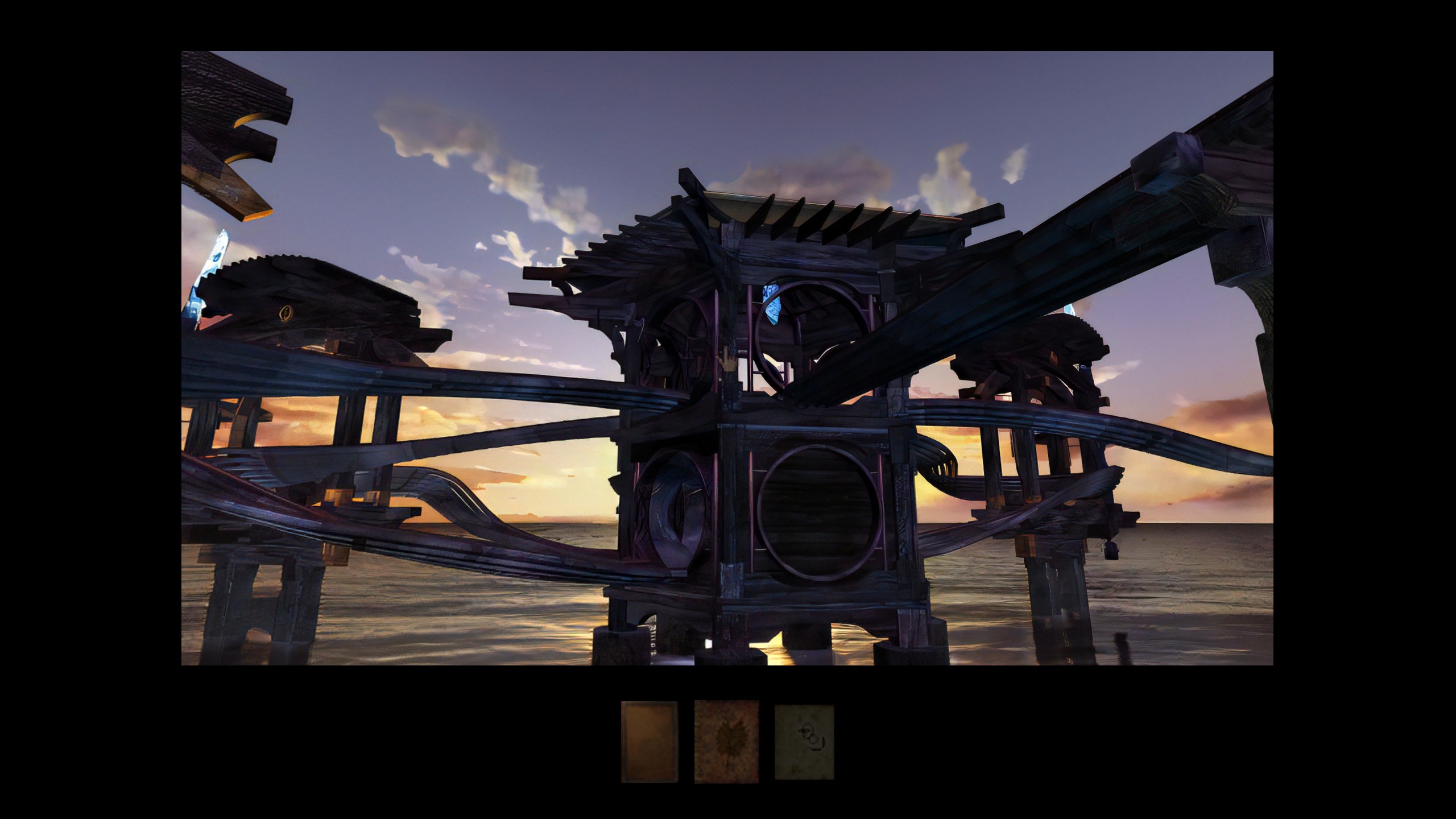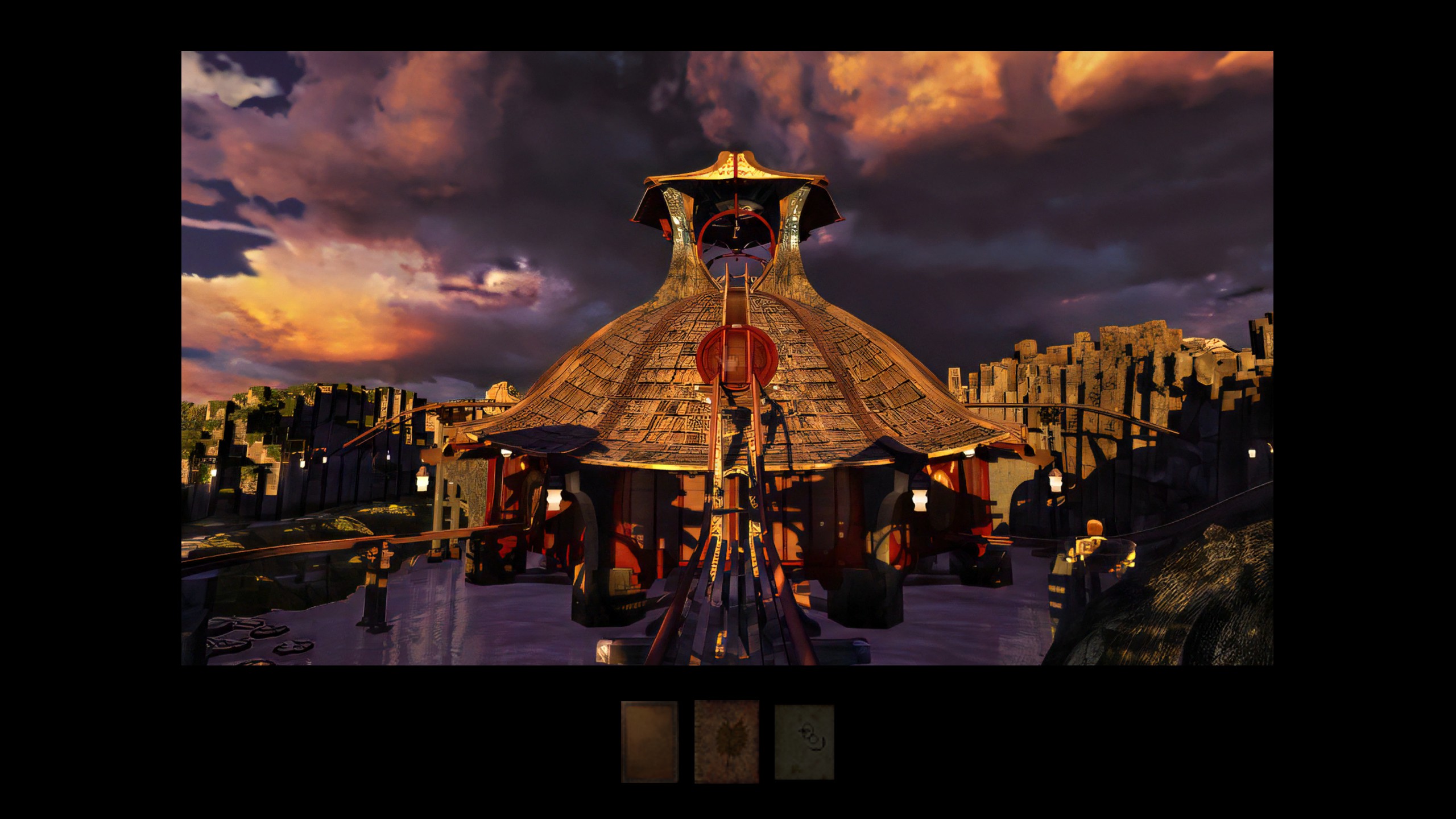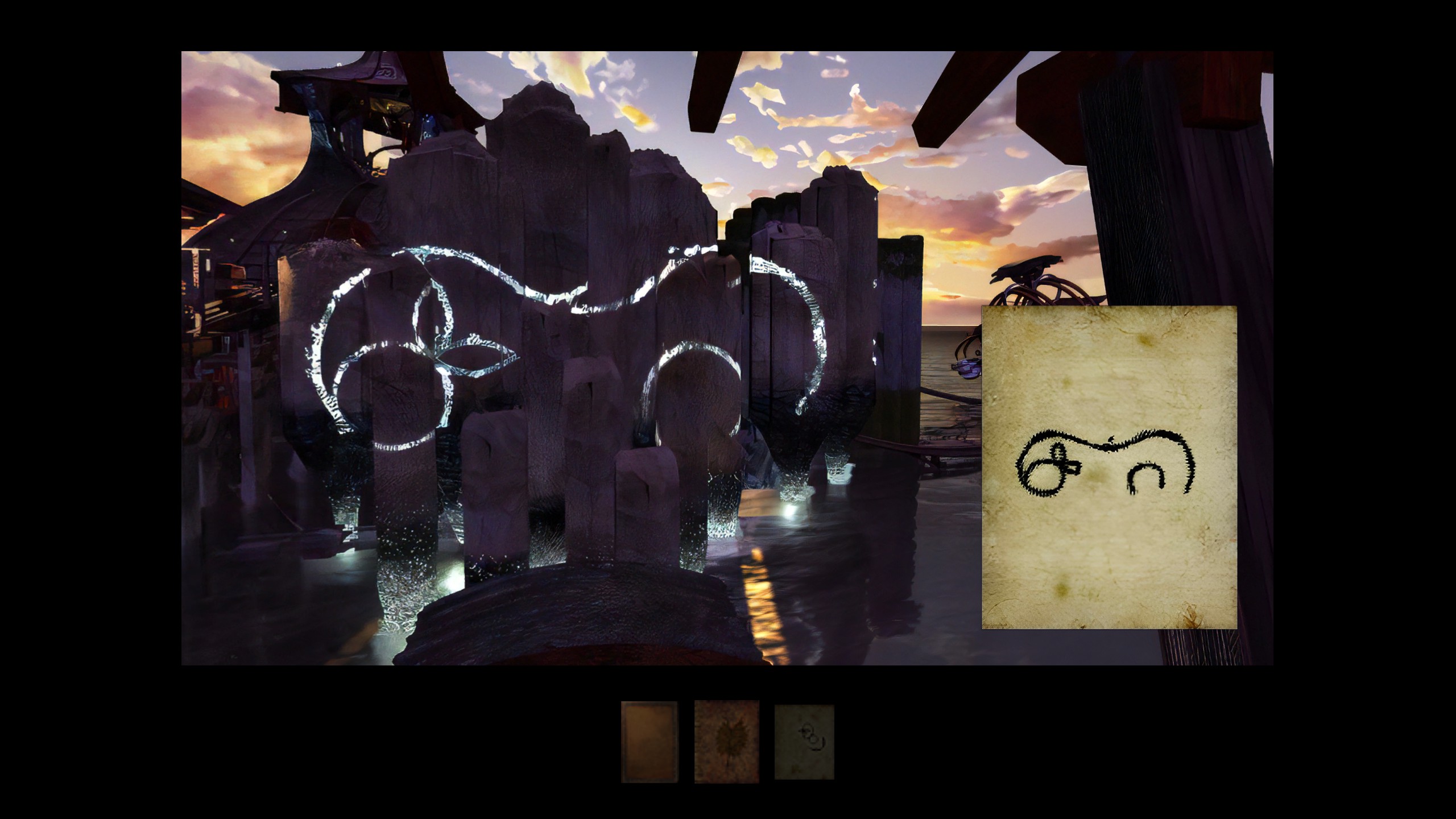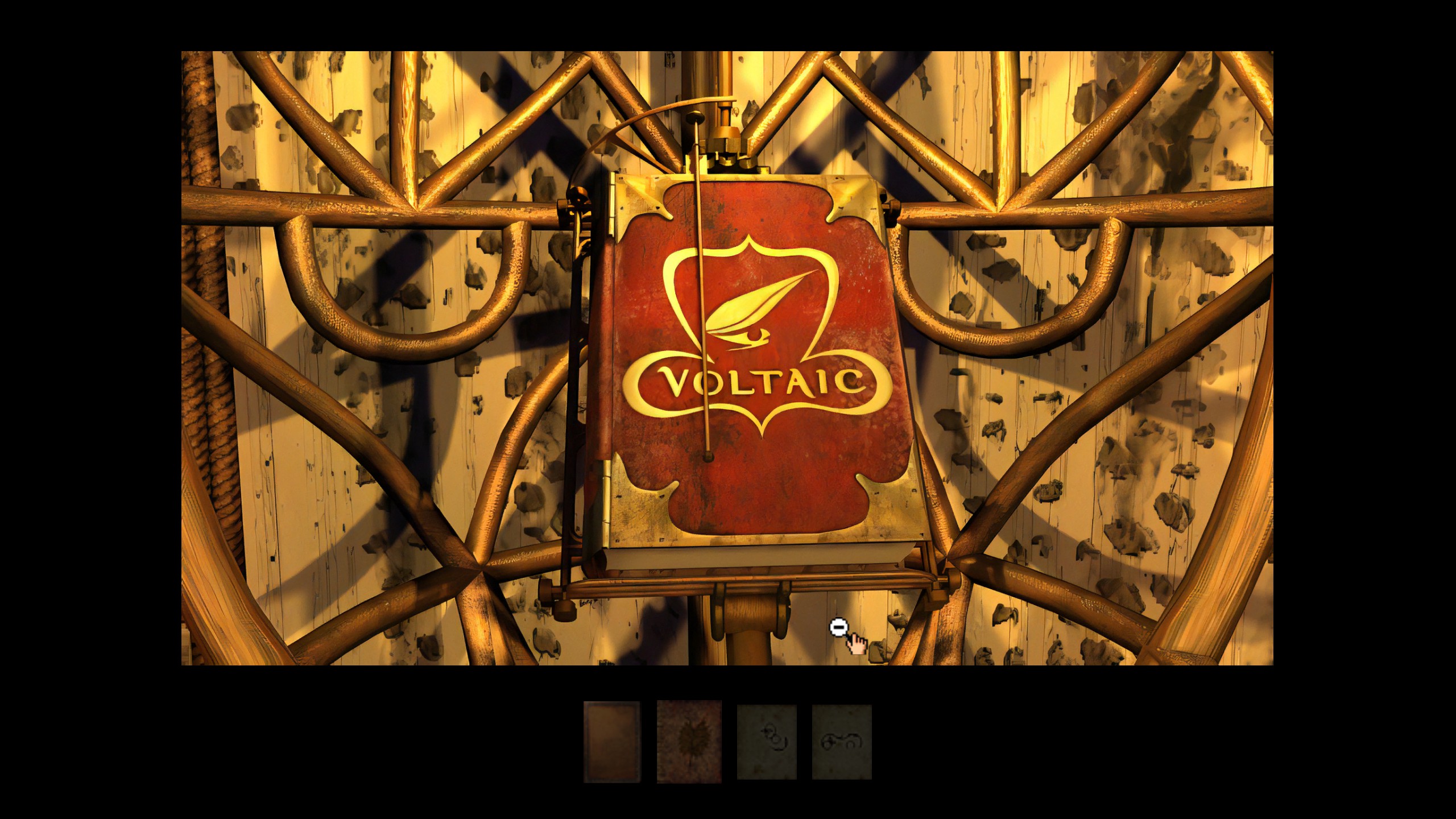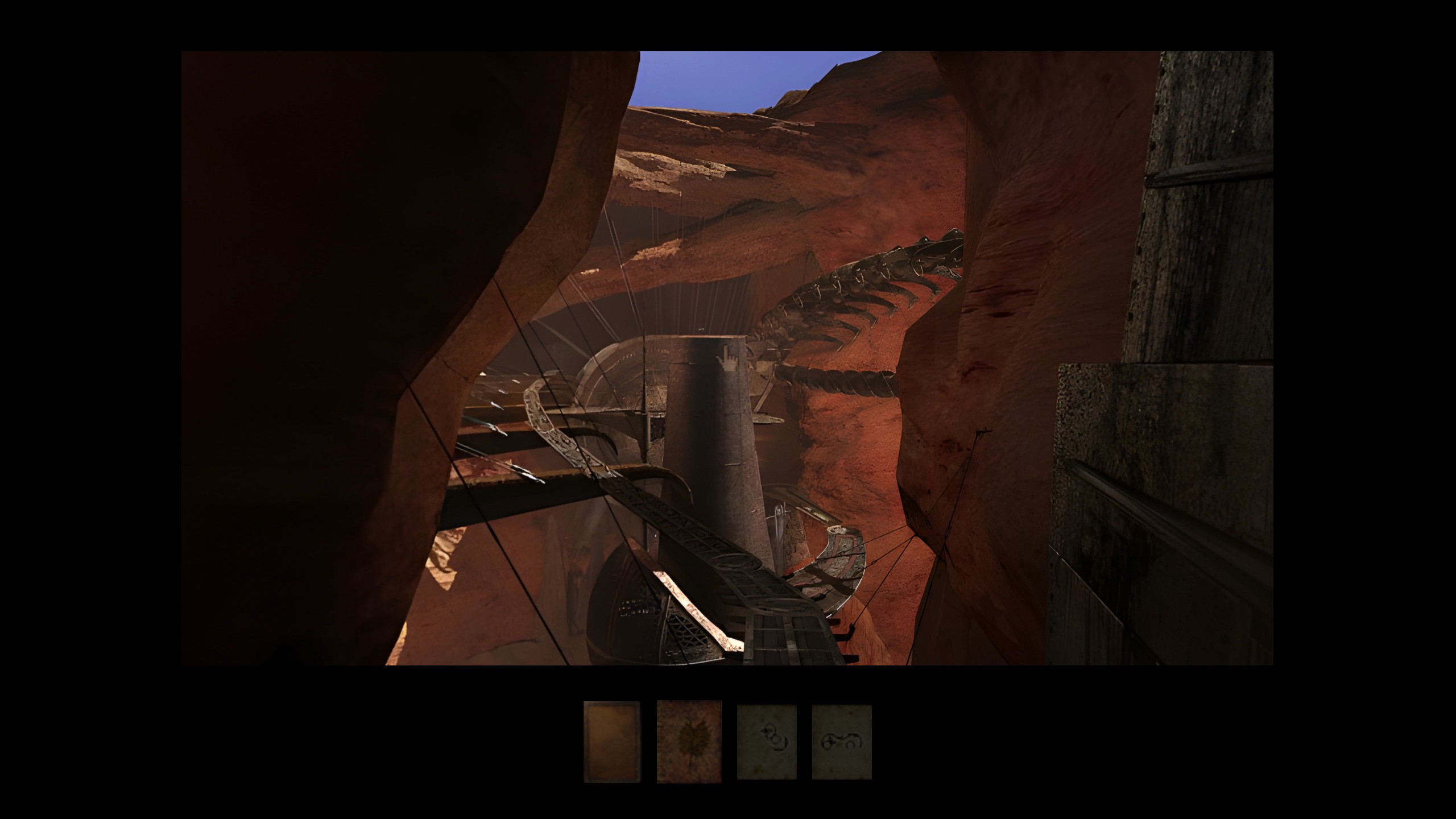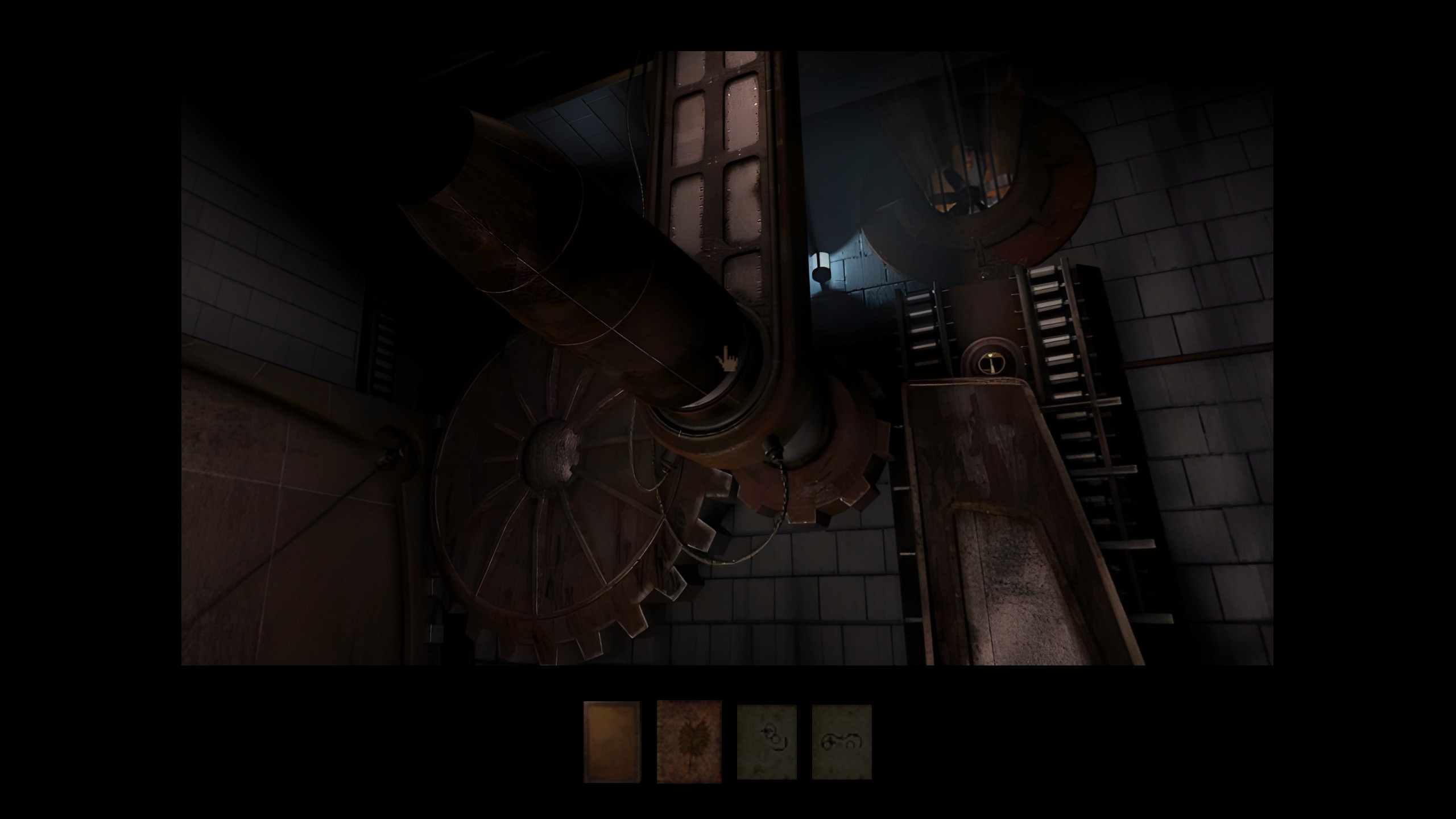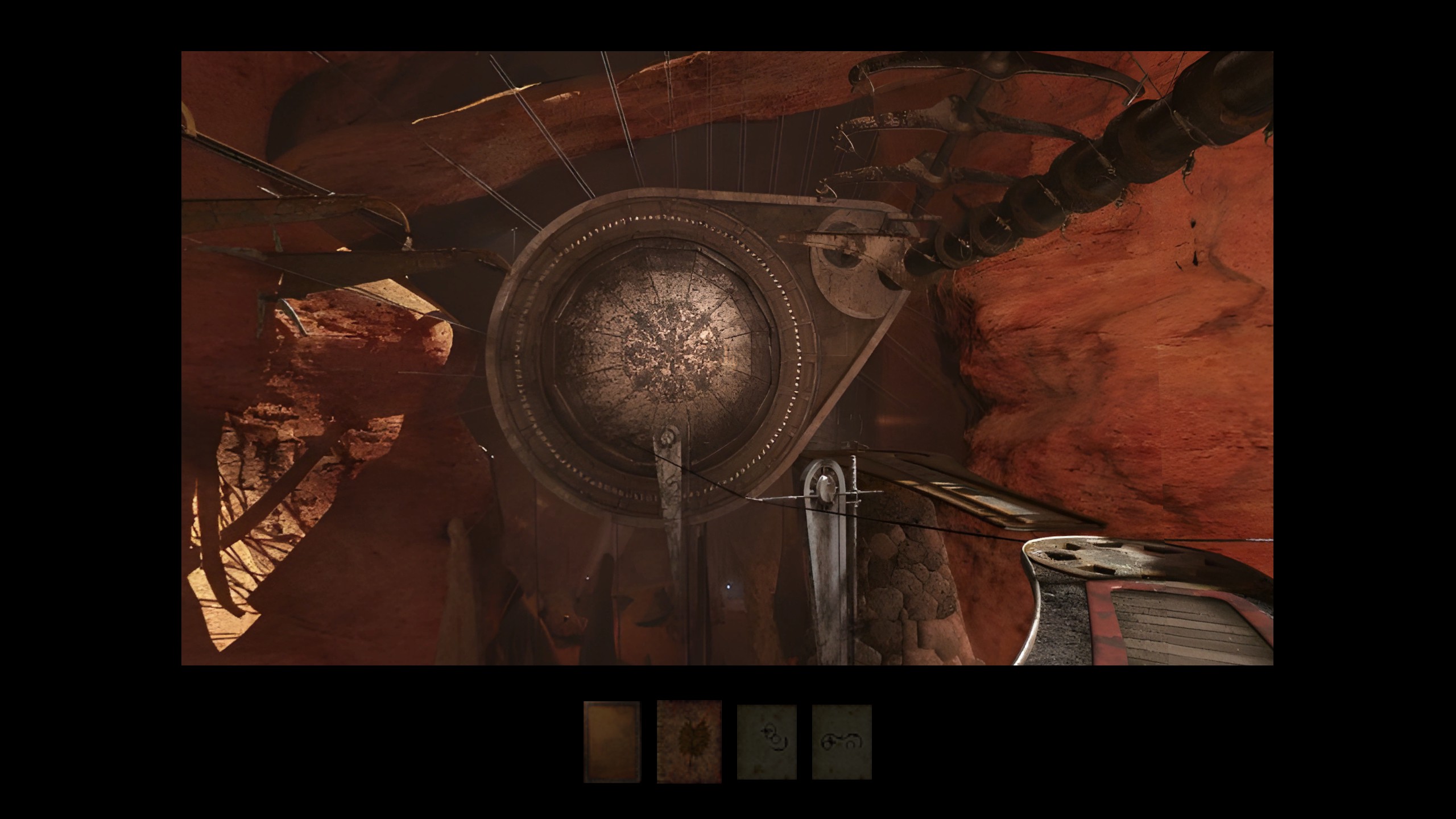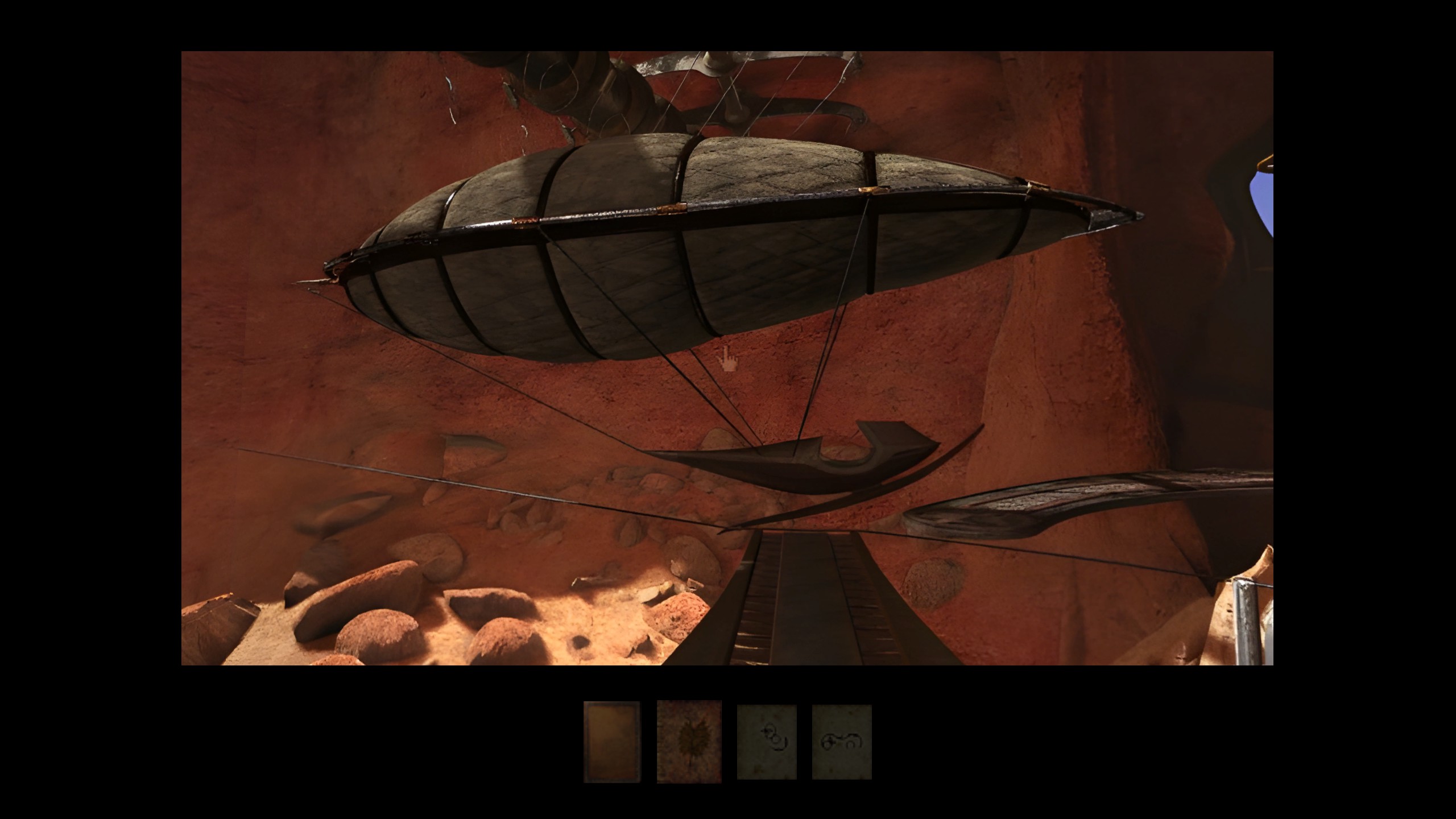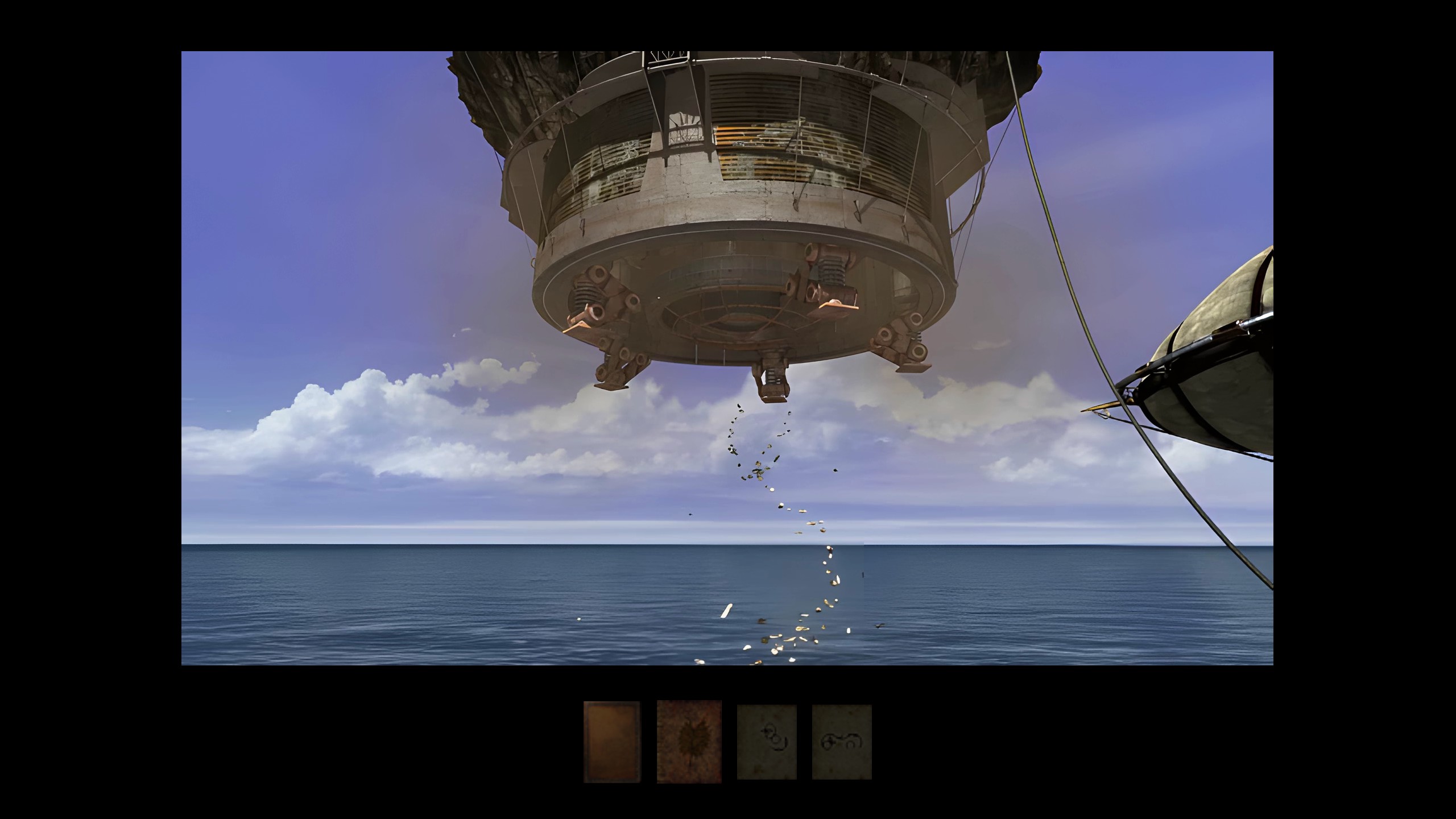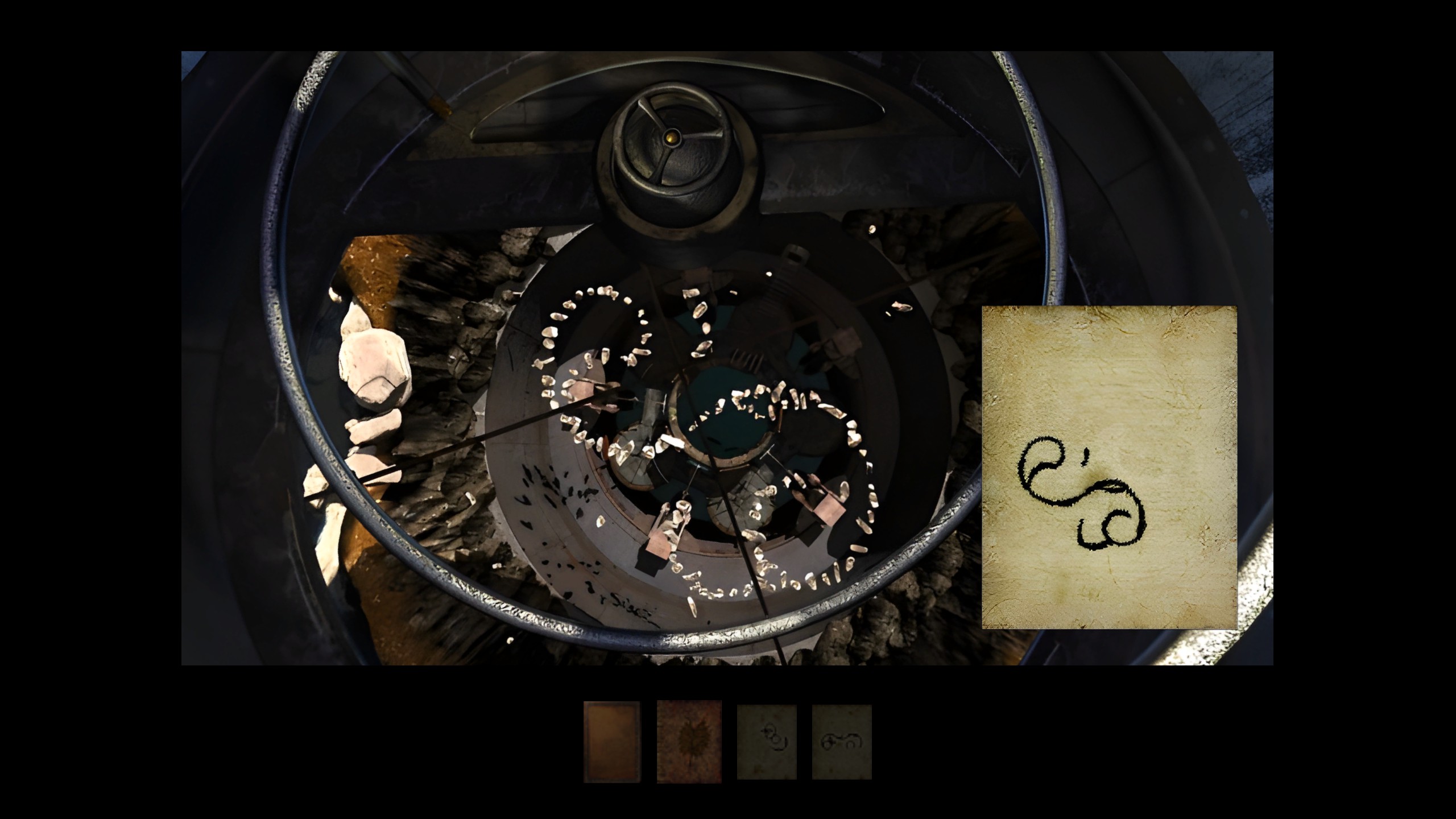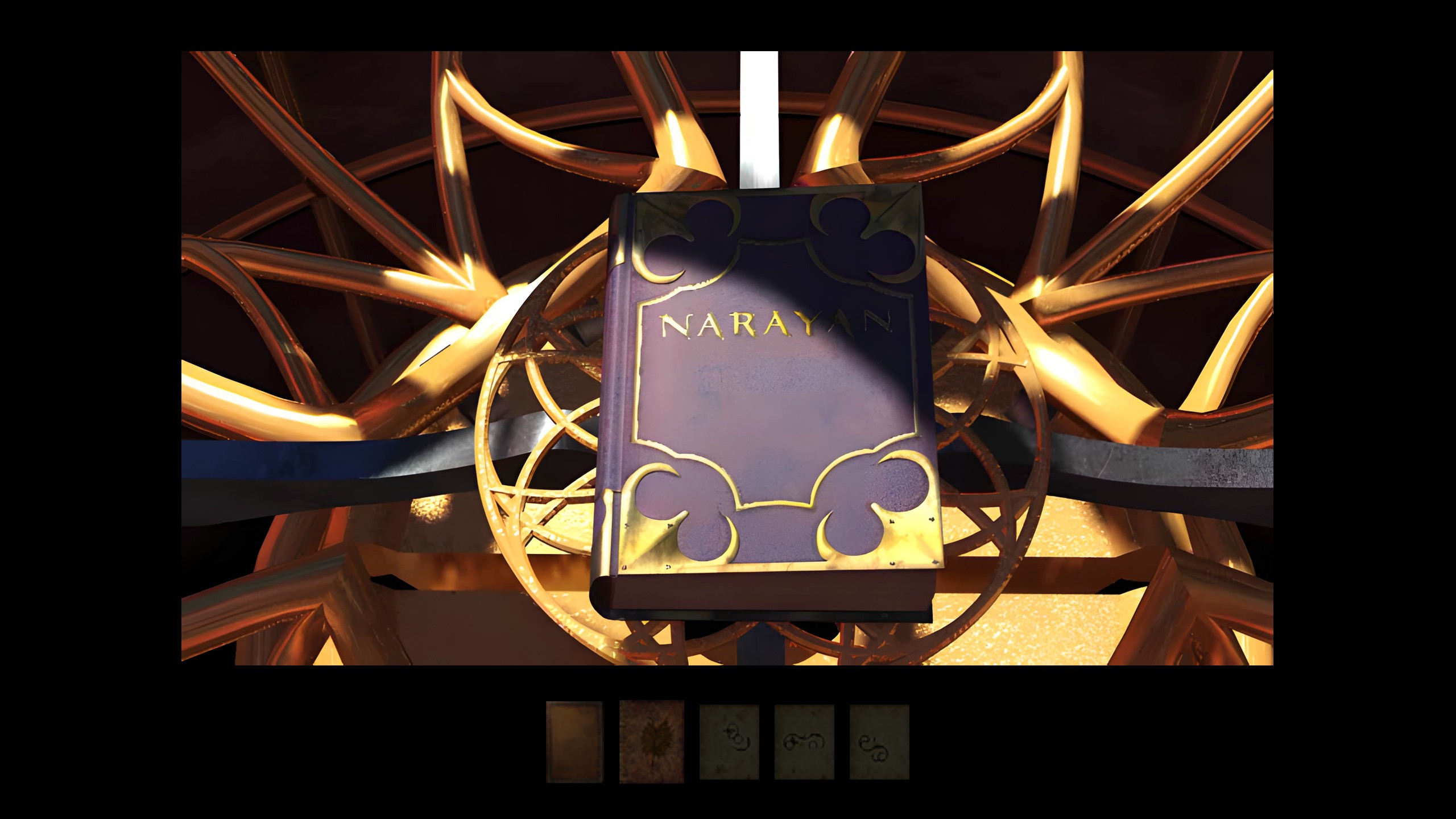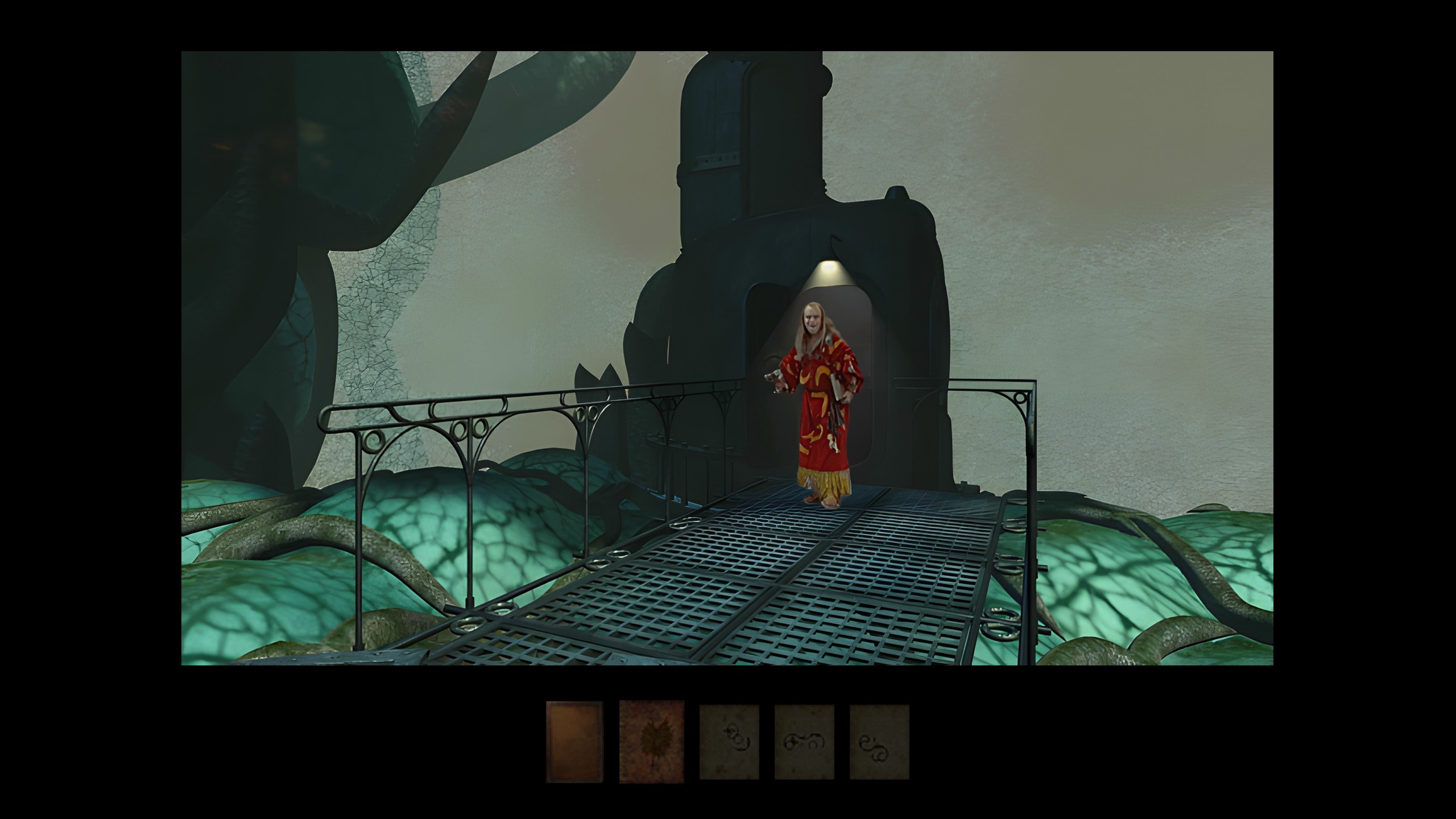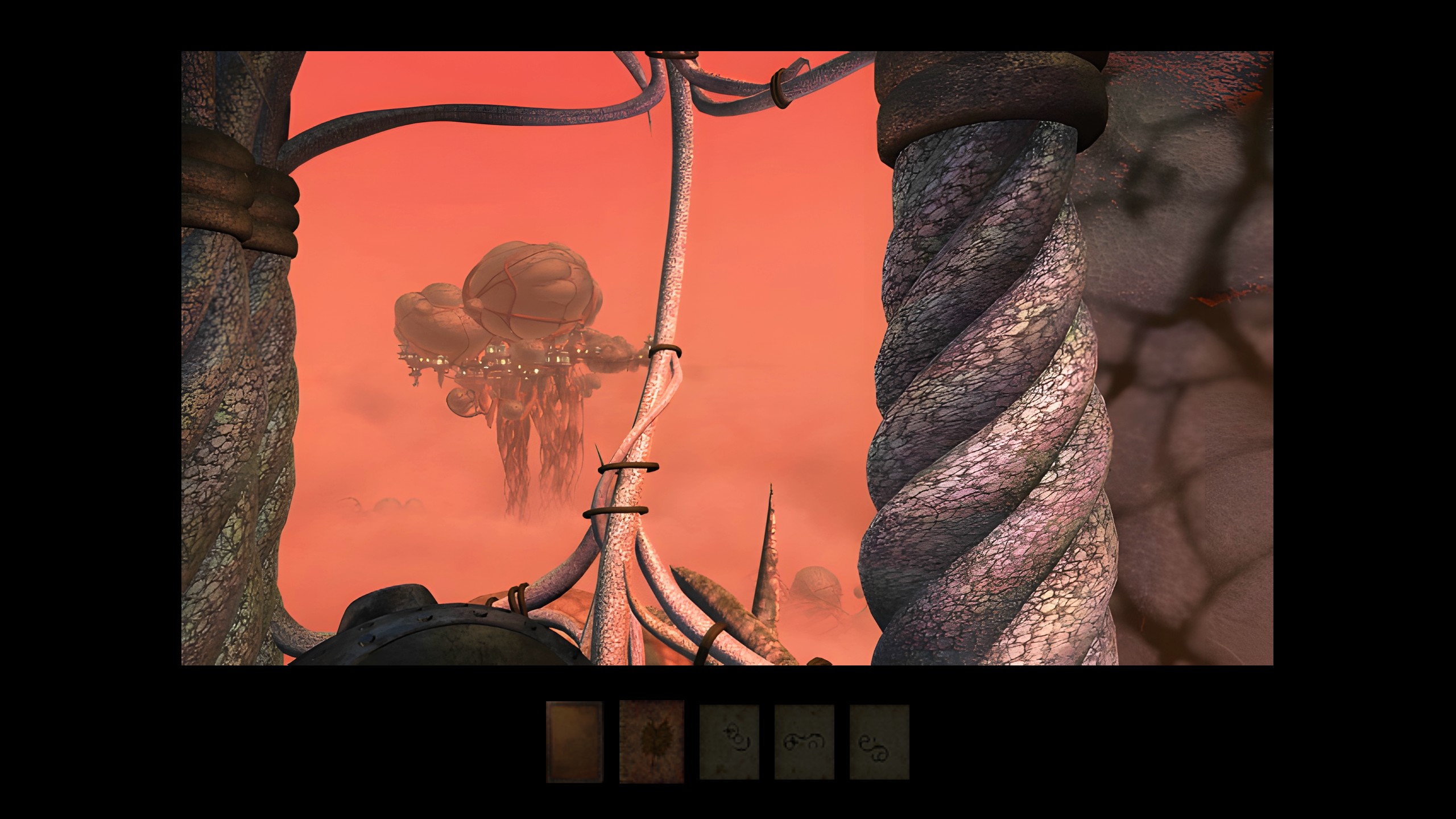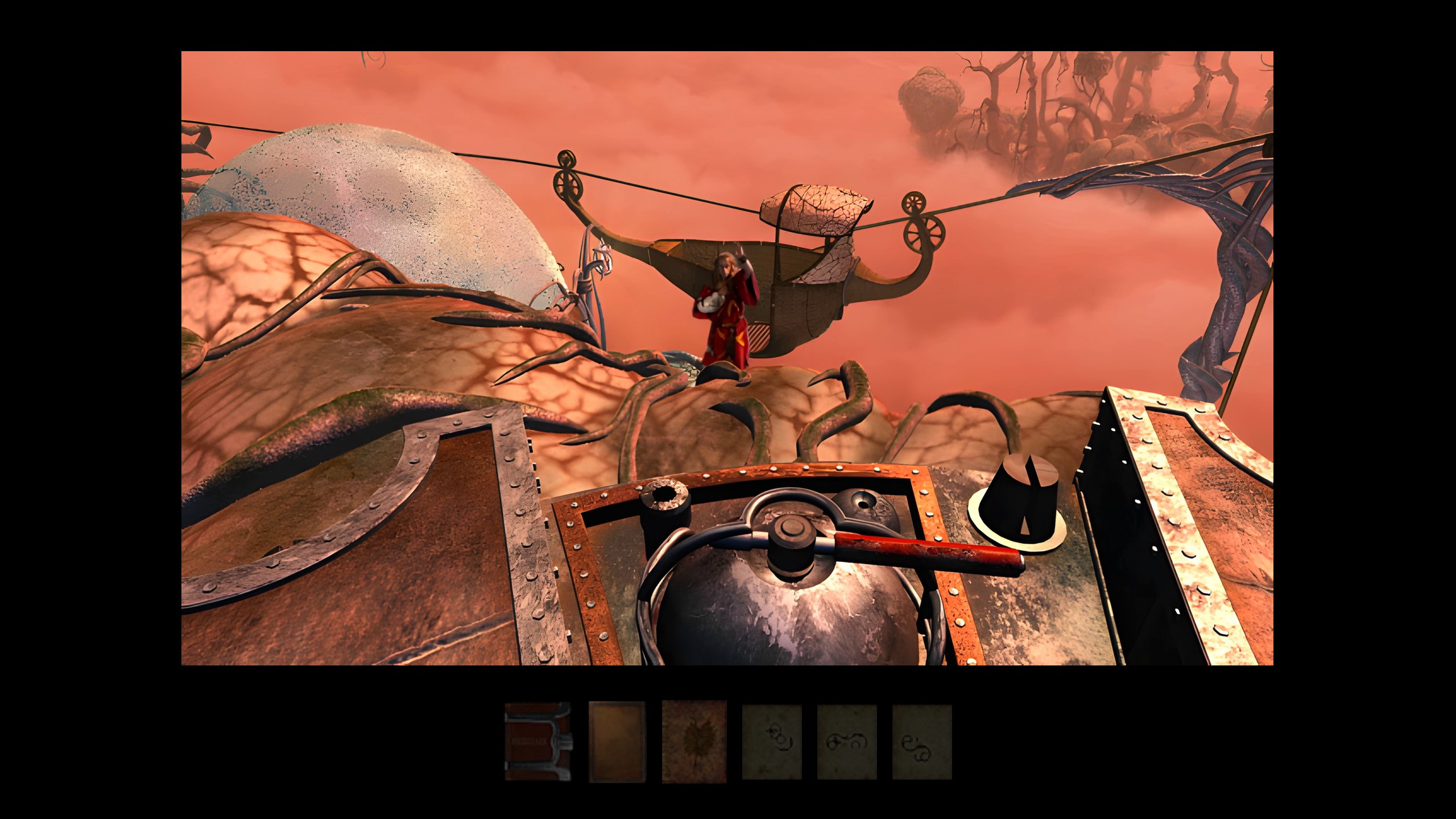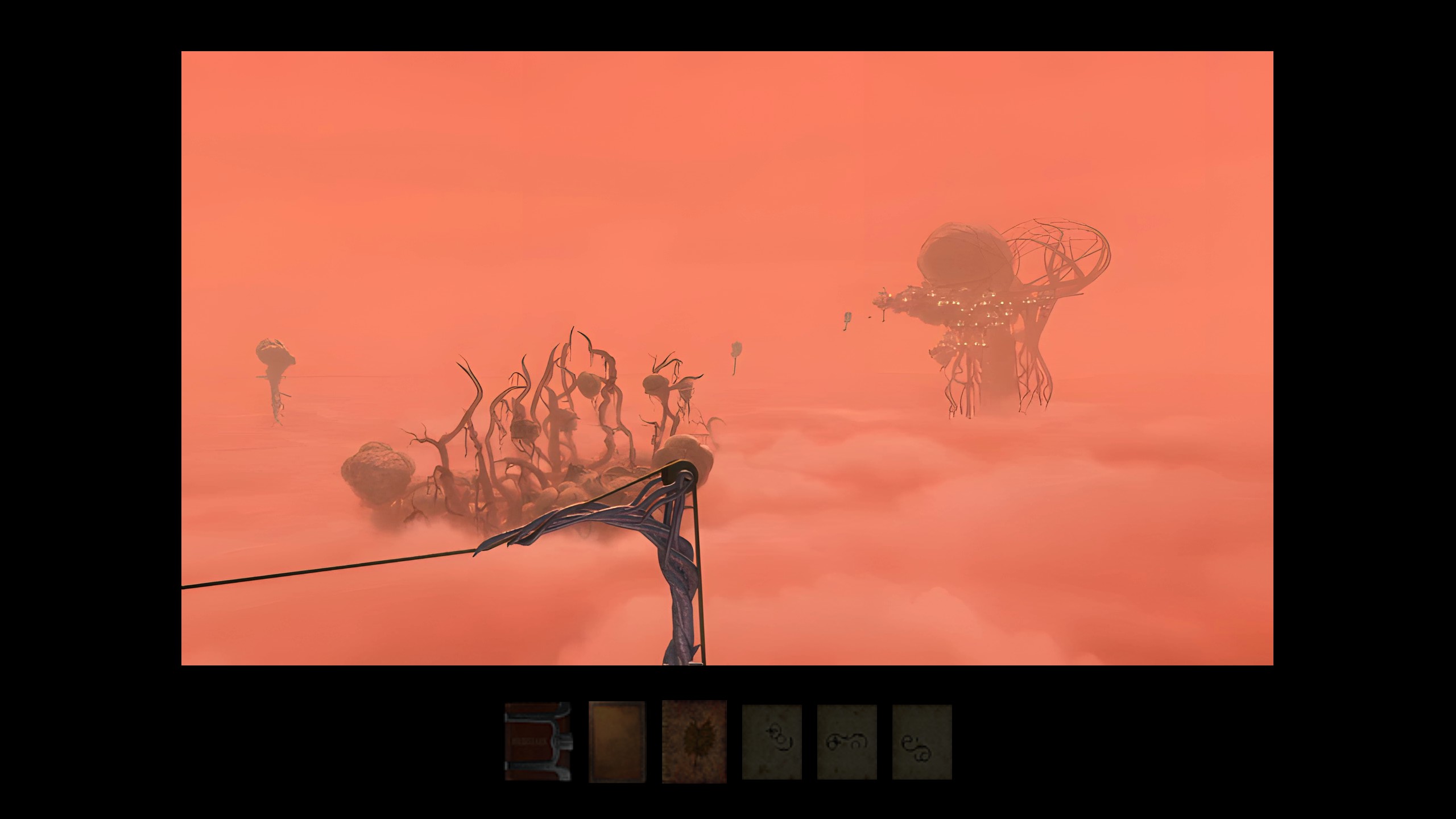Myst 3: Exile
Playtime: 7 Hours
Finished 07 November 2024.Played the Steam version; wanted to play it completely vanilla in glorious 480p but the game literally could not tab in because the resolution was so small, and windowed mode is microscopic on my 4K monitor. Instead, I ended up grabbing the 4K texture mod and played the game in 2K resolution; this generally ran very well, and the upscaling work was impressive. However, there were a couple of aberrations - first, the interpolated & upscaled live-action segments sometimes looked really awkward, and second, the J'nanin tower scopes for the symbol matching puzzle made the game ran at sub-1 FPS for some weird reason. Thankfully, it didn't affect any other part of the game so I just looked up the combinations for those puzzles; I don't really mind too much since it's a very simple puzzle either way.
This is the last Myst game that I have any degree of nostalgia for, since I was introduced to this at around the same time as the original Myst through another early Youtube LP series. I remember being enchanted by the presentation and detail of the Lesson Ages and thrilled by the more active story centered around Saavedro's revenge, which felt far more desperate than the rather static mystery of the strange talking books of Myst. And while the game definitely does hearken back to Myst in many significant ways, likely to maintain a consistent identity in the series (as this was made by Presto Studios under Ubisoft, not by Cyan), I think it distinguishes itself as a very competent game worthy of the Myst title.
The core premise is rather similar to Riven, in that Atrus suddenly finds himself in a bit of a bind and the Stranger (your player character) travels through the Ages to help out. This time though, what starts out as a simple house call to Atrus's study in Tomahna (later canonically confirmed to be somewhere in New Mexico, I believe) suddenly turns into a chase as Saavedro links in, steals Releeshahn, Atrus's new Book for the survivors of the D'ni race, then warps back into J'nanin - the hub of the Lesson Ages that Atrus had previously set up to tutor Sirrus & Achenar, and Saavedro's prison for the last 20 years. To prevent the age from being lost forever, the Stranger links into J'nanin behind him, where Saavedro has set up his own series of puzzles for Atrus (not knowing that it's the Stranger who actually linked through) based on modified versions of the original tasks.
As with the other games in the series, the vast majority of the story is told through the environment and a couple of journals belonging to Atrus and Saavedro. Atrus's journal takes you through his struggles with the future of the D'ni people, and generally follows the storyline from the book series - directly referencing some of the characters from the Book of D'ni, and explaining why an attempt to completely rebuild the original D'ni city was not the best way forward. It also contains critical hints for the final puzzles in the game on Narayan, and explains why Saavedro was isolated for all those years. Meanwhile, Saavedro's journal contains an account of his imprisonment and betrayal at the hands of Atrus's cruel sons. The original Myst already established their treachery - from the burned books on Myst Island, to the unfashionably gaudy furnishings of Sirrus's rooms & disgustingly gory ones of Achenar's in the Ages, we already know their true characters. Such was the same as the fate of Narayan, a world of delicate balance held together through rigorous tradition; the brothers incited a revolt that may have collapse Narayani society completely. When Saavedro pursued them, they tortured him on J'nanin before abandoning him, leaving him trapped alone in the realm to go mad. As you gather more pages of his journal througout the game, you see how his thoughts turn from despair to anger, planning and executing his revenge on Atrus in an attempt to make him confront the pain he enacted on his homeland. It just so happens that the Stranger happened to interfere instead when the critical time came.
The Lesson Ages taking up the majority of this game generally tend to be rather simple, small Ages based on singular concepts, rather than large and complex systems. Edanna consists of a single massive tree, Amateria is a small "theme park" with a few interconnected mechanical ride systems, and Voltaic demonstrates a few simple power/energy generation systems with a few basic examples and applications of geothermic and hydroelectric energy. Accordingly, their worlds are fairly bare, and other than Edanna where organisms are central to the lessons and puzzles, seemingly devoid of any other life. I generally don't mind this at all, but I do find it quite interesting that for a series built on a concept of Ages largely being very vibrant and expansive places, centered around different types of communities and symbiotic relationships, we really don't come face-to-face with anything like that in the games very frequently. In other words, the scale of these Lesson Ages (and the hub of J'nanin) feel like quite a far cry from what I hoped the games could be. Given the technology available at the time, though, that feels like a bit of an inevitability.
Speaking of technology, this game looks phenomenal and offers a notable improvement from Riven even in its original 480p form. In addition, unlike the rendered stills of the previous games, Exile uses a set of "photospheres" instead, an impressive method of rendering that allows for a fluid 360-degree view in each location, forcing perspectives only for certain animations and scenes. The gameplay experience as a whole is definitely not flawless though, even with the upscaling. A consistent theme I noticed is a lot of very long pathways in the Ages (especially Voltaic, my goodness), which almost require you to spam click to get from place-to-place. I don't remember having to do this anywhere near as much in Riven or Myst, which generally let you navigate between most points of interest in just a few shots - enough to give the sense of movement & travel (and not teleportation) but without being tedious. Also, an issue with Edanna specifically was that the environment was very annoying to navigate; passageways within the tree are often difficult to see and visually interpret. Thankfully, Amateria and Voltaic were much clearer about valid & invalid pathways.
In any case, the puzzles in each age are generally pretty simple. Unlike Myst, which required revisits to retrieve both pages and generally had easier puzzles, the ages are more linear since there is only one goal at the end (to find and trace the Age's symbol). An effect of this is that there are more puzzles in each Age, with each containing several independent puzzles; this is also unlike Riven, which was a similar-length experience centered entirely around just a few central puzzles (Standing Stones, Fire Marbles). I kind of liked this segmented feeling since there isn't too much pressure to remember previous events or hints, but don't have a strong opinion on it TBH. Narayan's central puzzle - the crystal shield codes - links it all together nicely by referencing the themes of each age, and helping you understand what all of the symbols you've been gathering actually mean in context. It's very cool!
The conclusion of the game is very satisfying to me. The entire time you've learned more about Saavedro's background - how he suffered, and how he now plans to get his revenge. But the entire time he's never really considered the possibility that Narayani civilization may actually be able to weather the revolts and recover to see another day, as he was never able to see past the crystal shield; he could never find the combinations. From Atrus's journal, you find the mantras and core themes of each of the Lesson Ages and Narayan, which helps you take the shield down for the first time in the last 20 years - only to discover that the lattice trees are once again thriving. Through a very clever maneuver, you manage to both force Saavedro to return Releeshahn to you, as well as send him back home to his long-lost family - making the best of both worlds and righting a wrong set in motion by Sirrus and Achenar so long ago. Brad Dourif plays a fantastic role in this part, and manages to be equal parts menacing as he threatens you, and pathetic once you force his hand. Even though this ends up being a rather isolated story and Narayan isn't important in the rest of the series, it's nice to see its fate wrapped up nicely.
In general, I really enjoyed my time with this game - though I kind of knew I would since I didn't really go into it blind. I did find some of the gameplay a bit frustrating for various reasons (as delineated above), but the vast majority of the experience is positive and the game holds up quite well today, as long as you can get it working to begin with. I'd imagine on release that the visuals would have been quite breathtaking. Alongside Myst and Riven, I think Exile was very well worth the playthrough. It might be unlikely as they do not own the rights to this game, but it'd be nice if Cyan could one day remake this game in the same vein as the Myst (2021) and Riven (2024) remakes.
